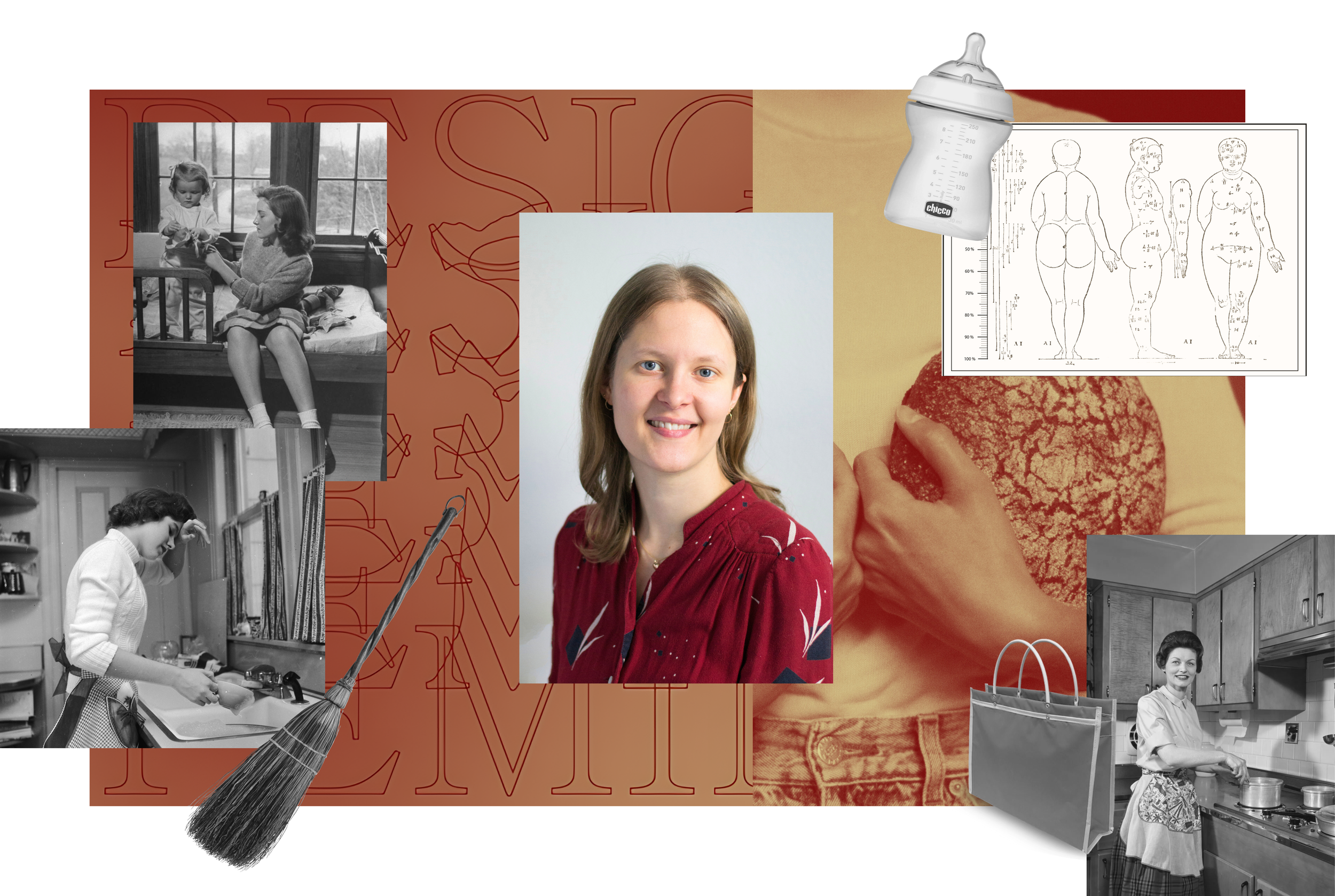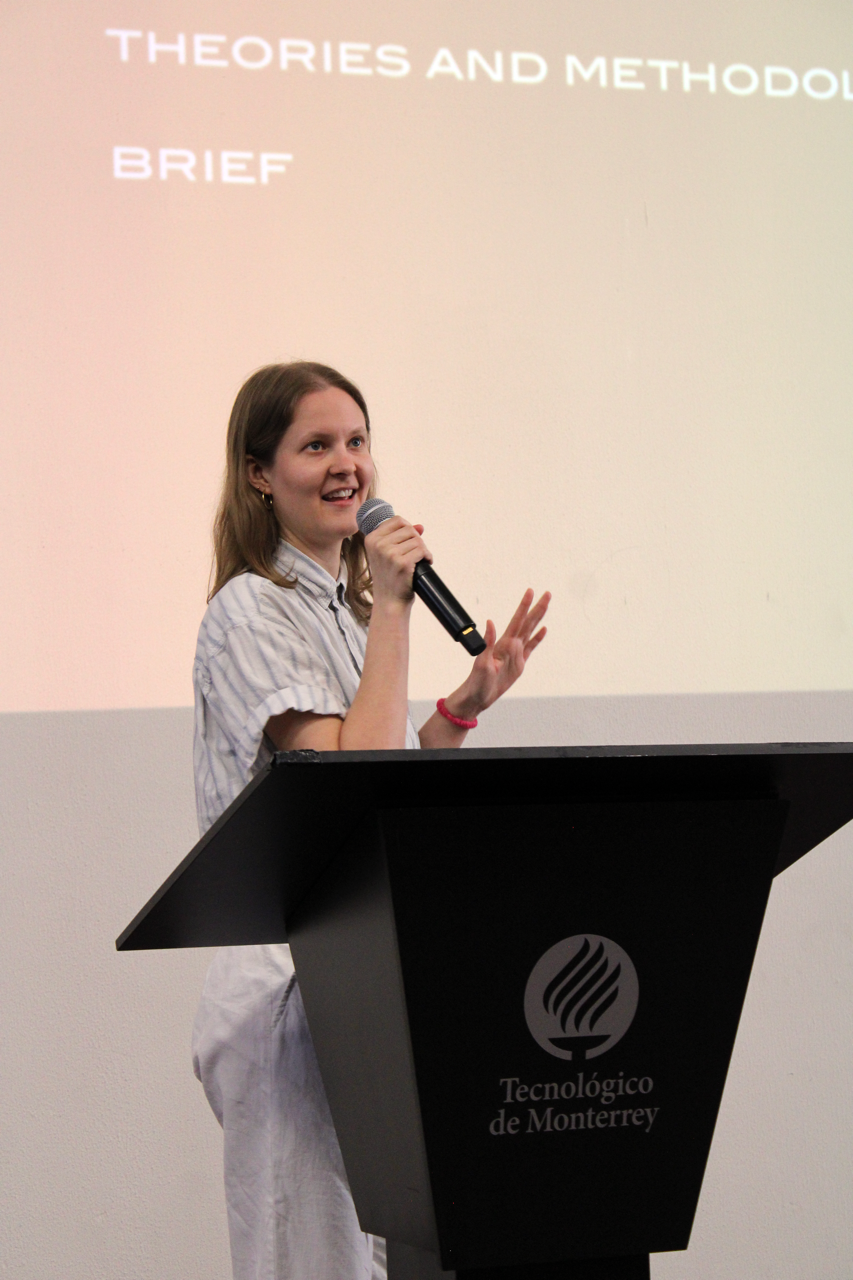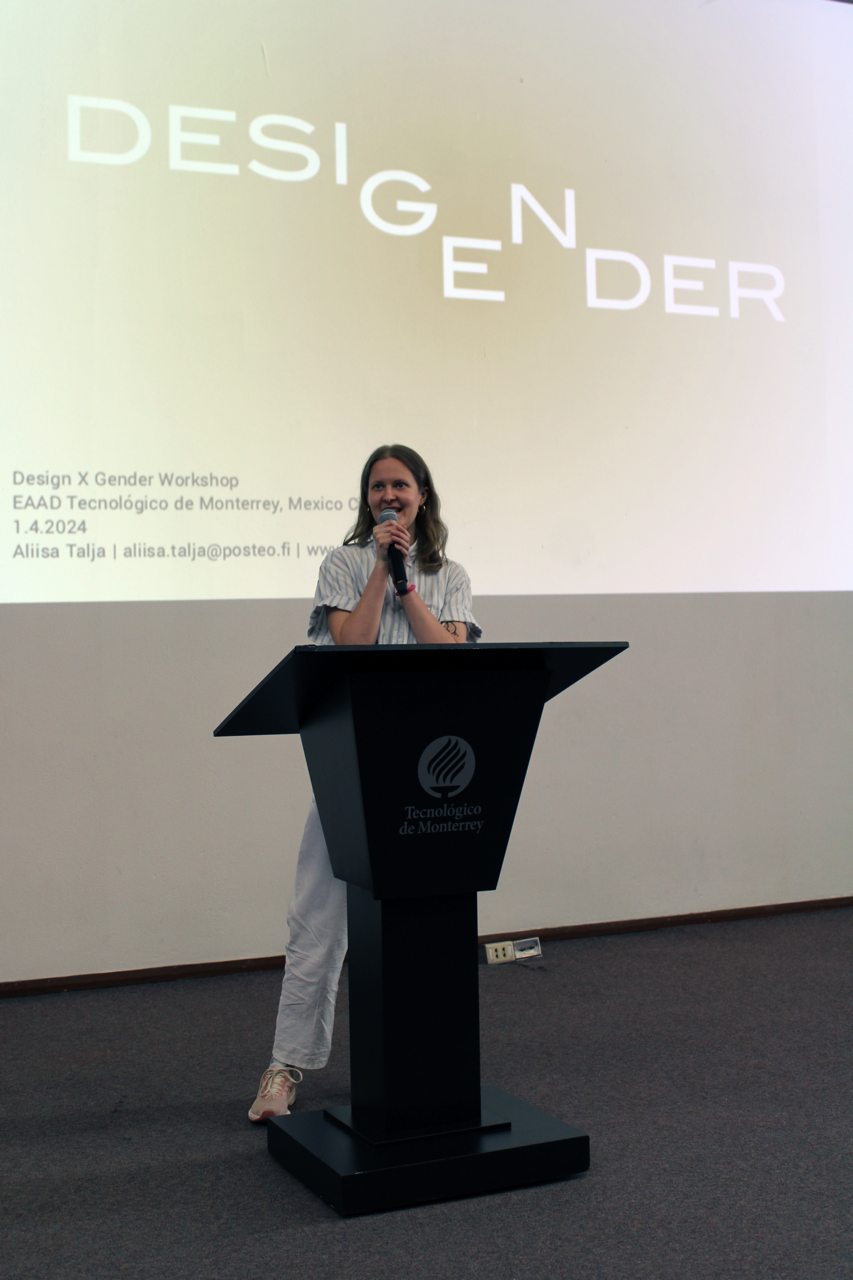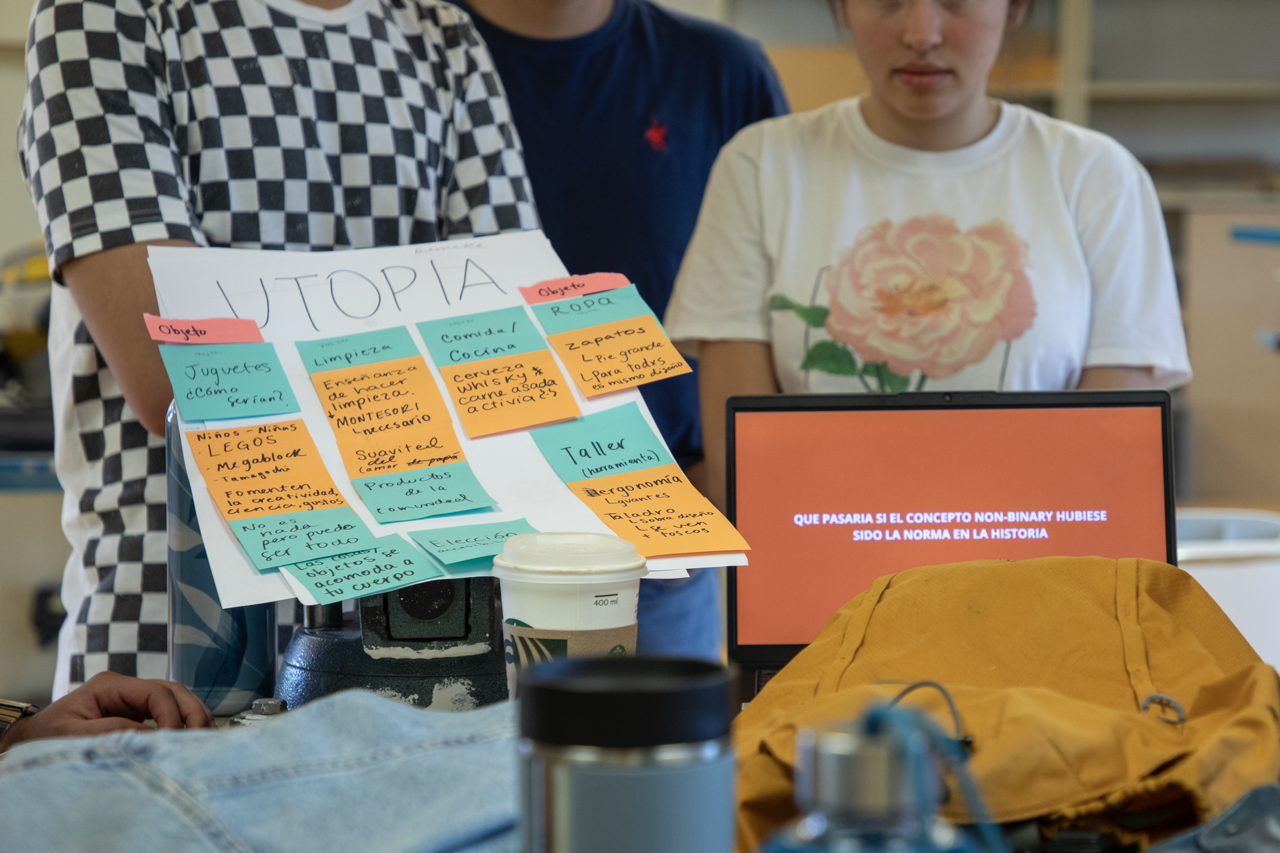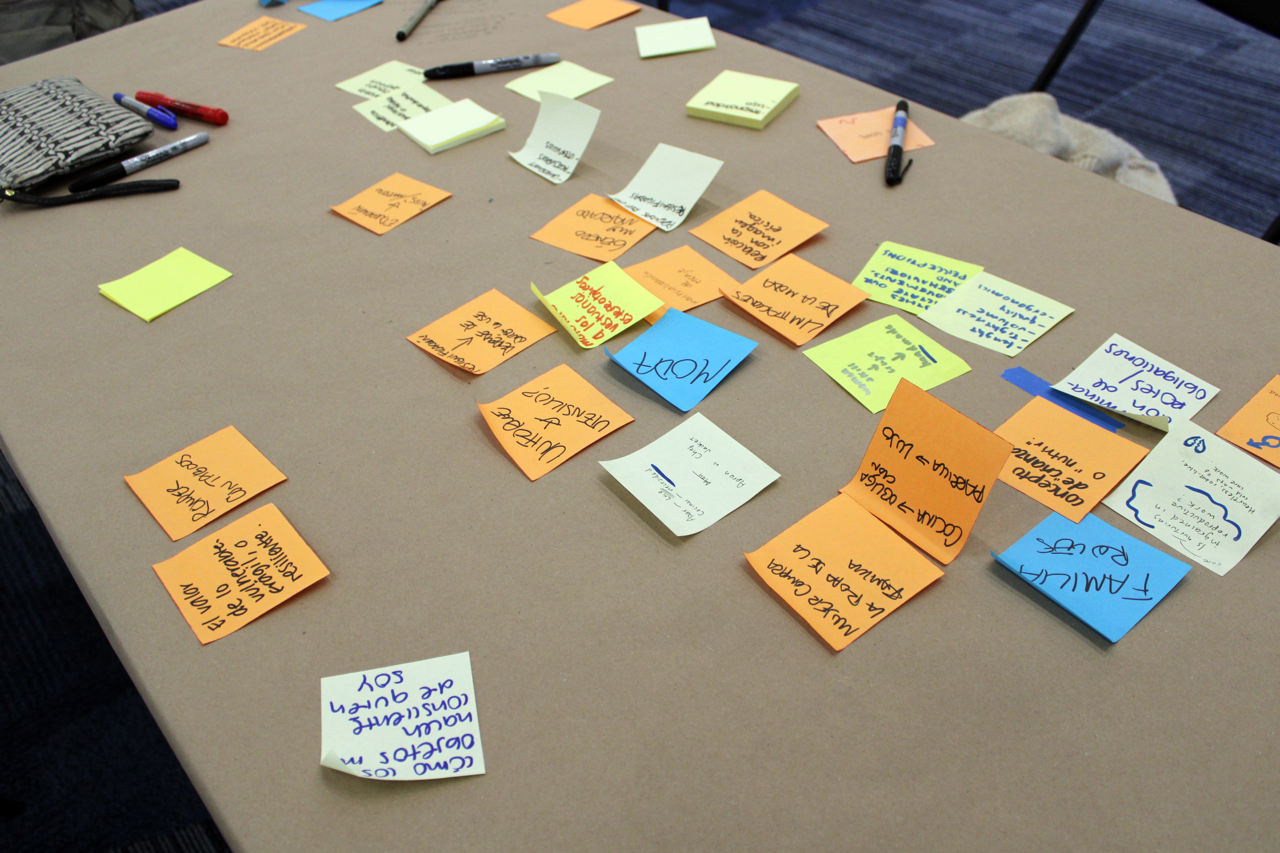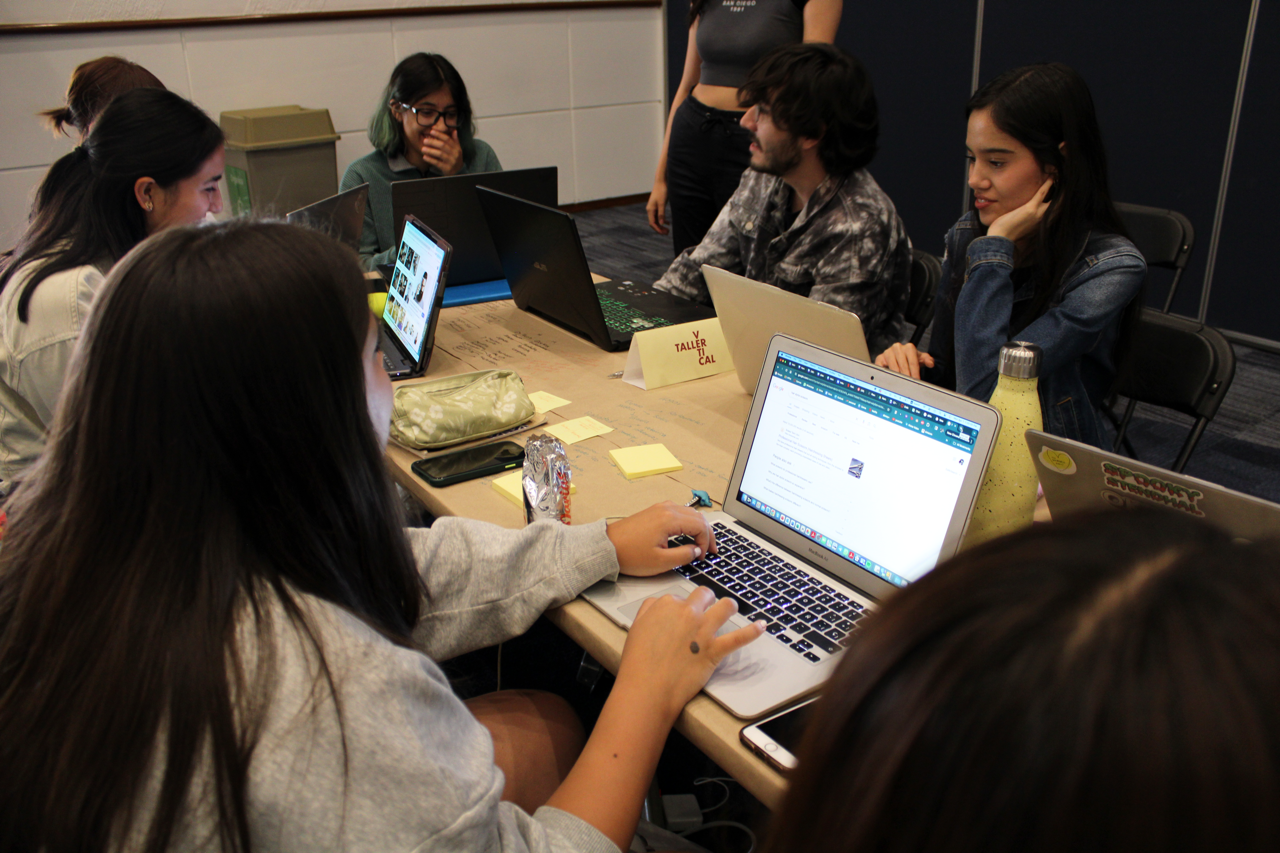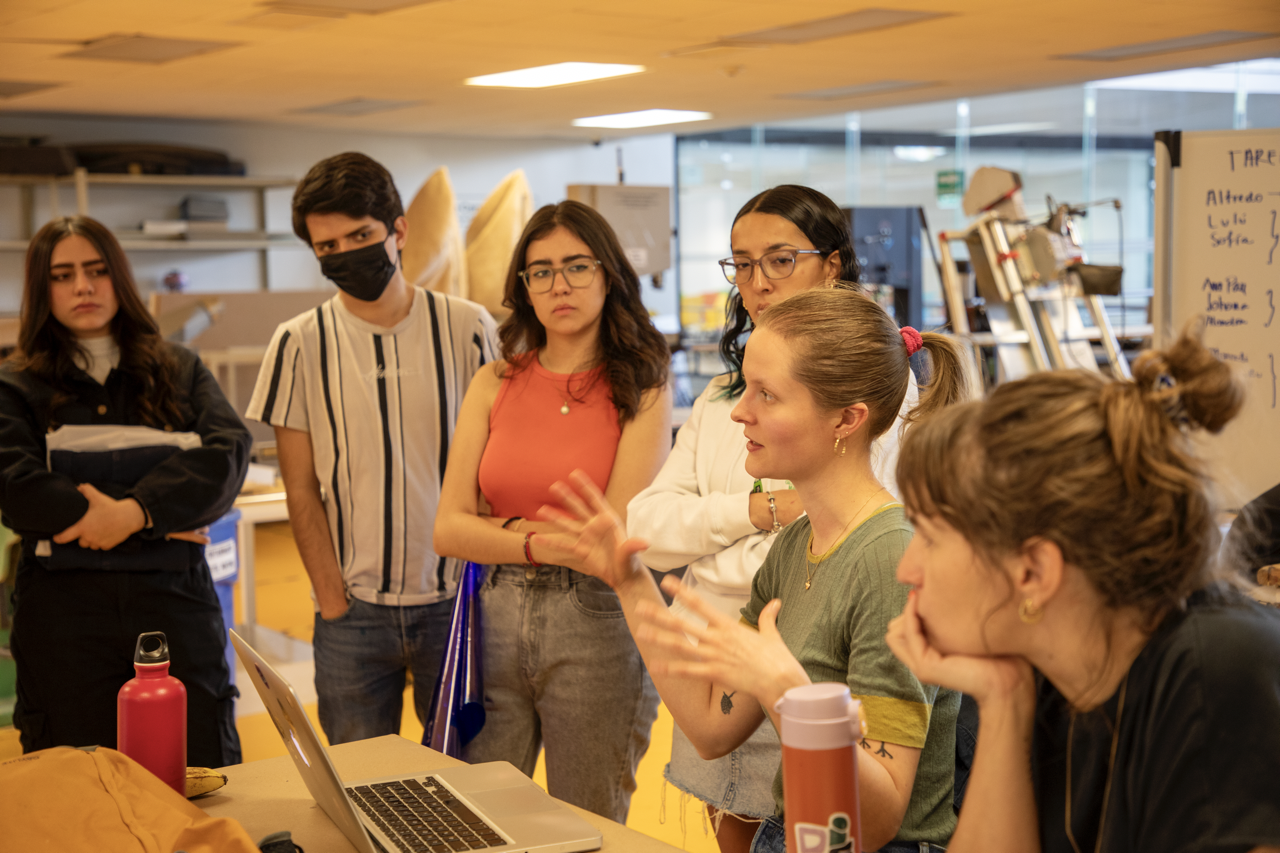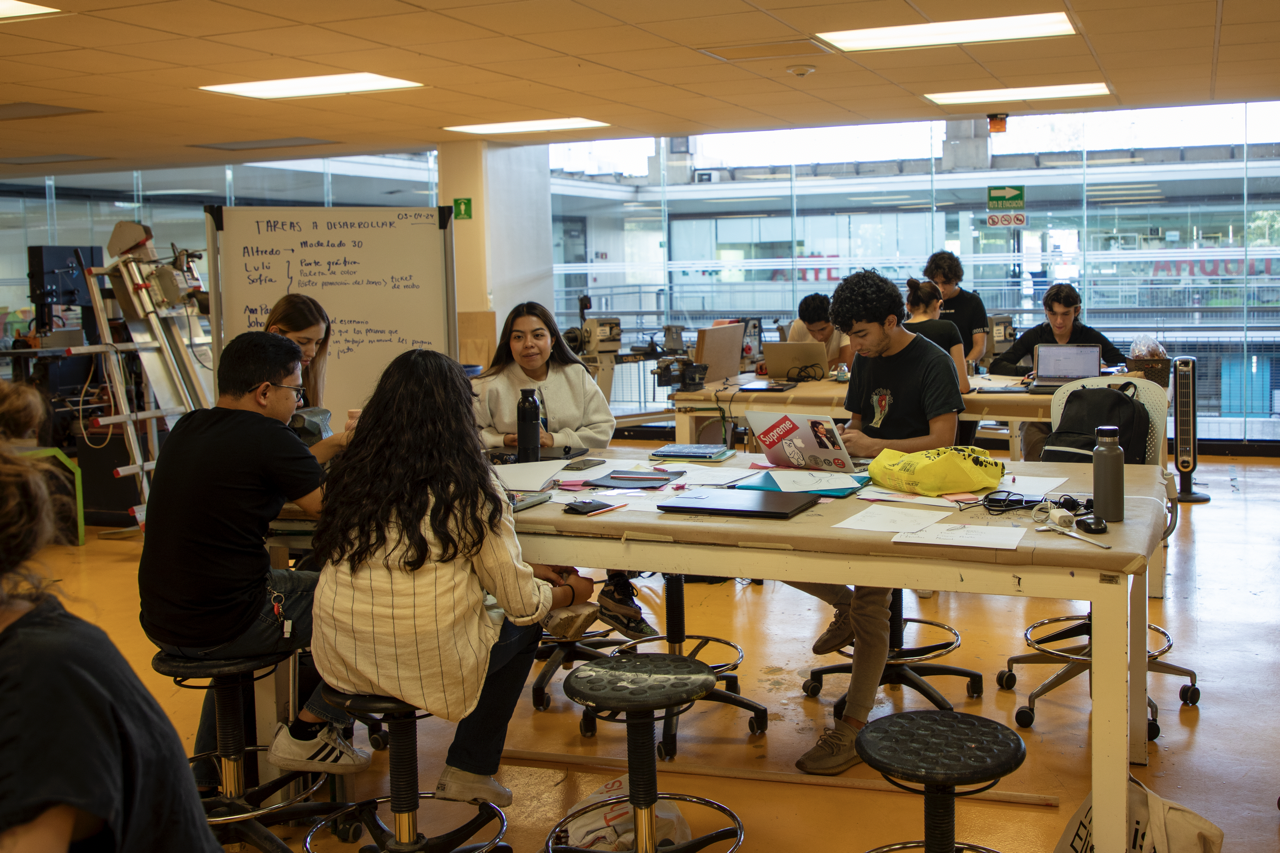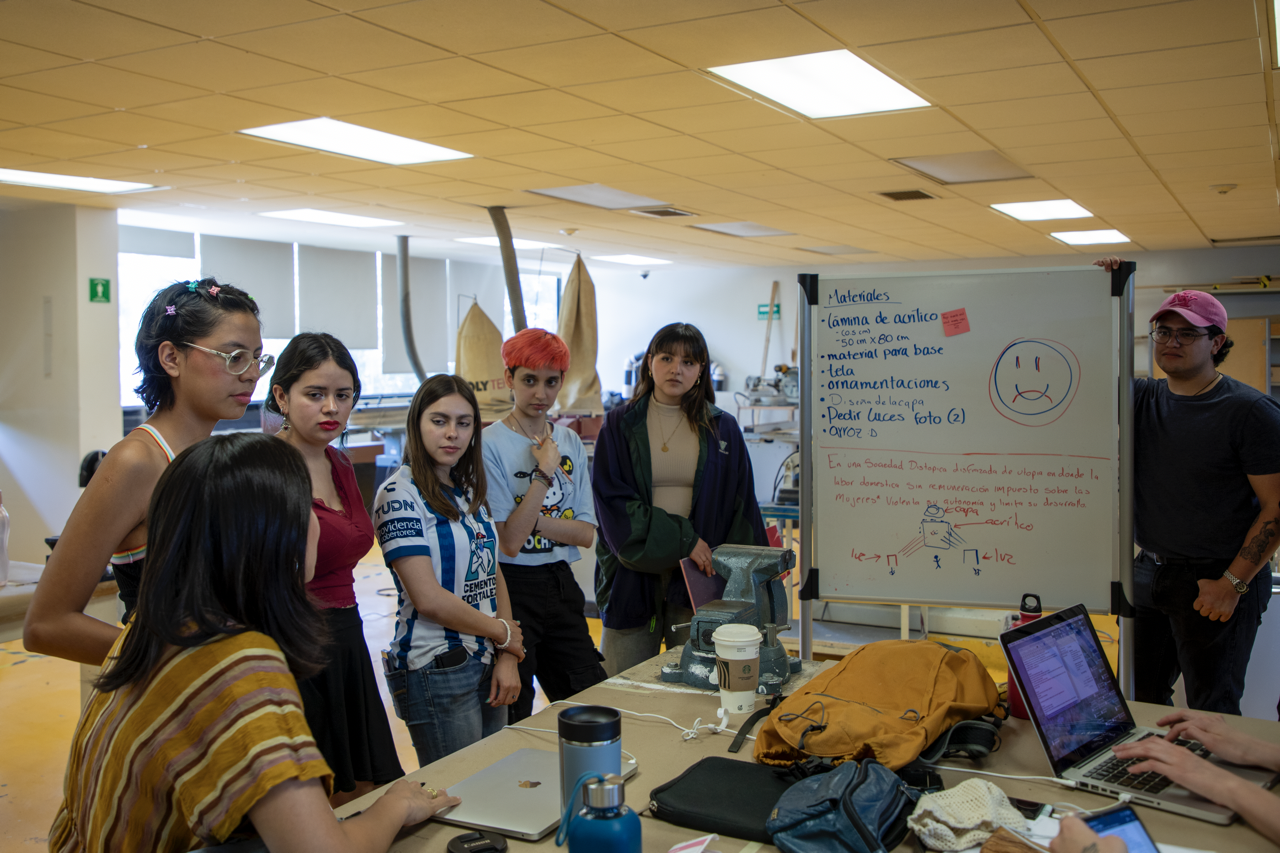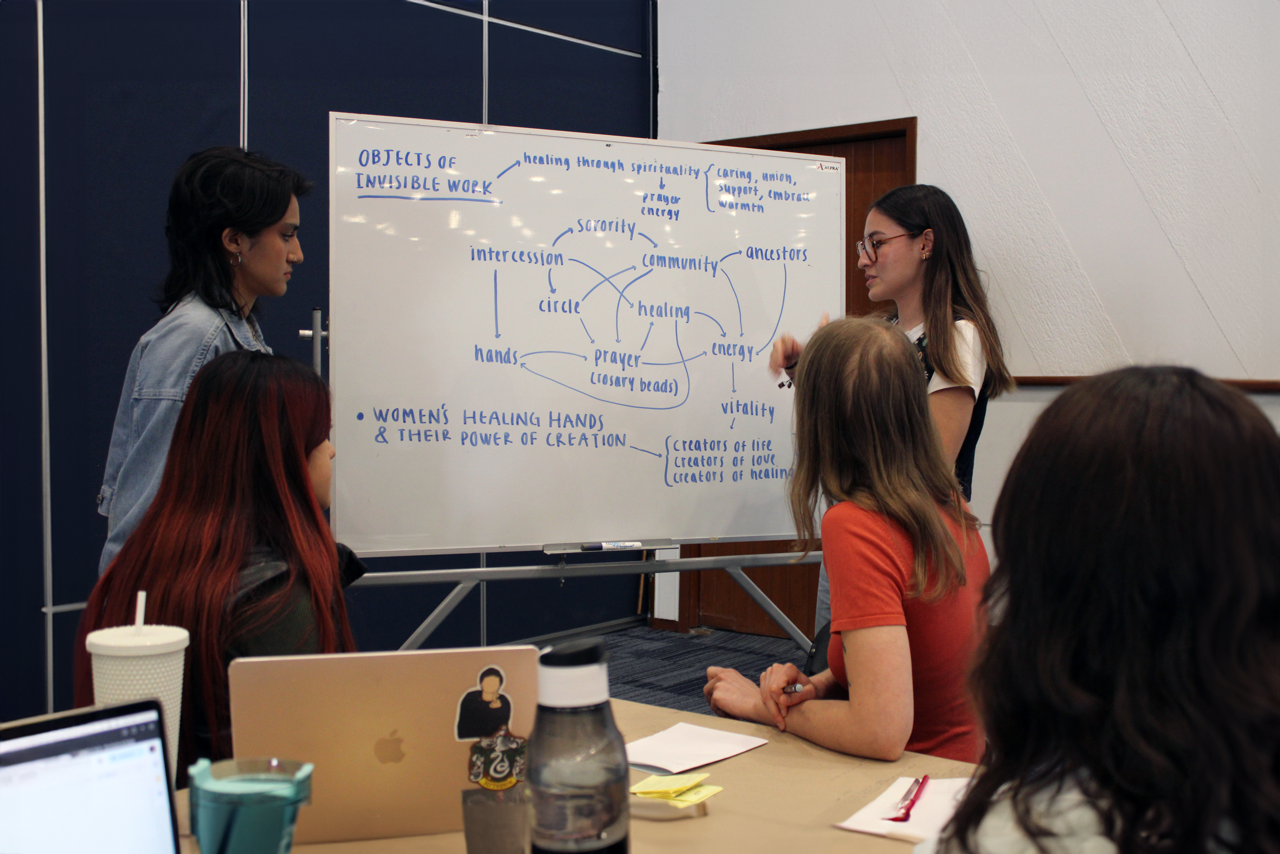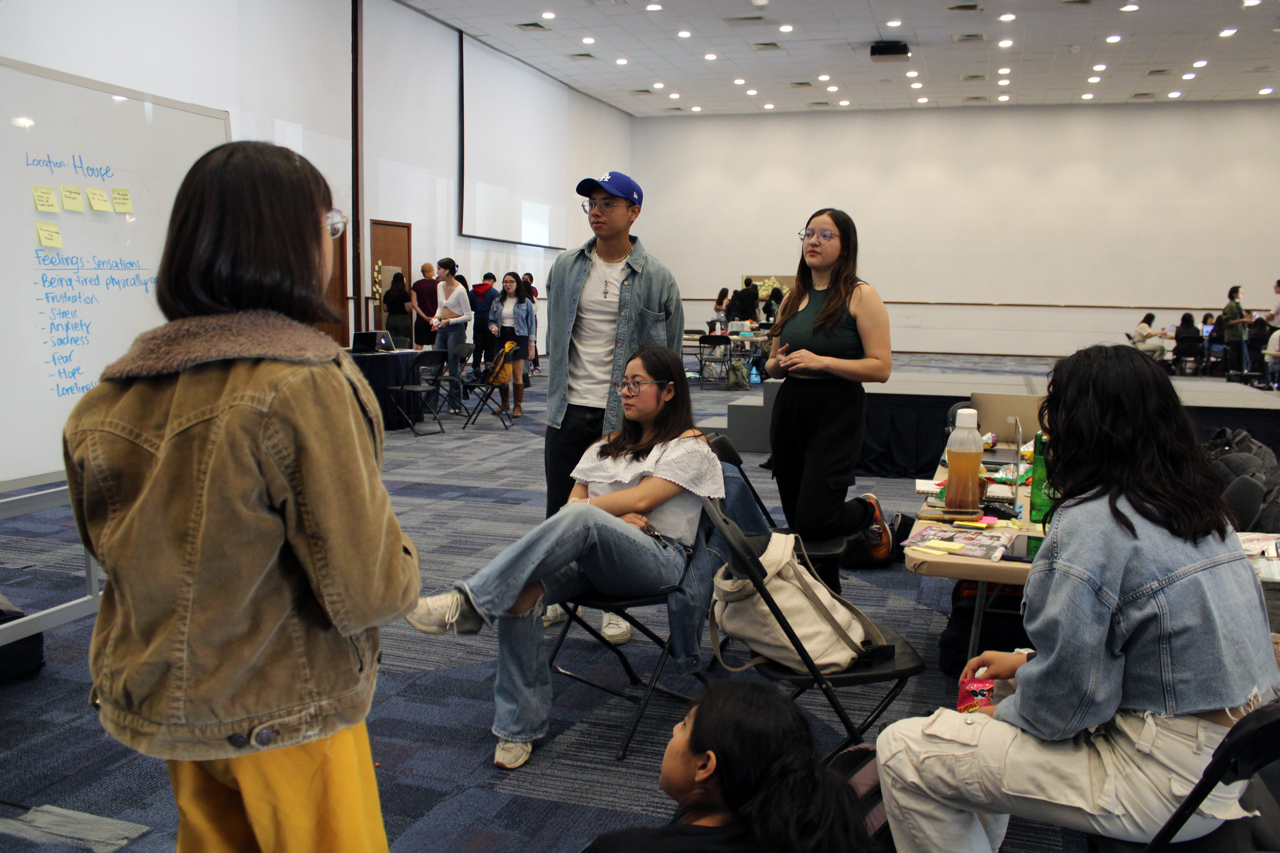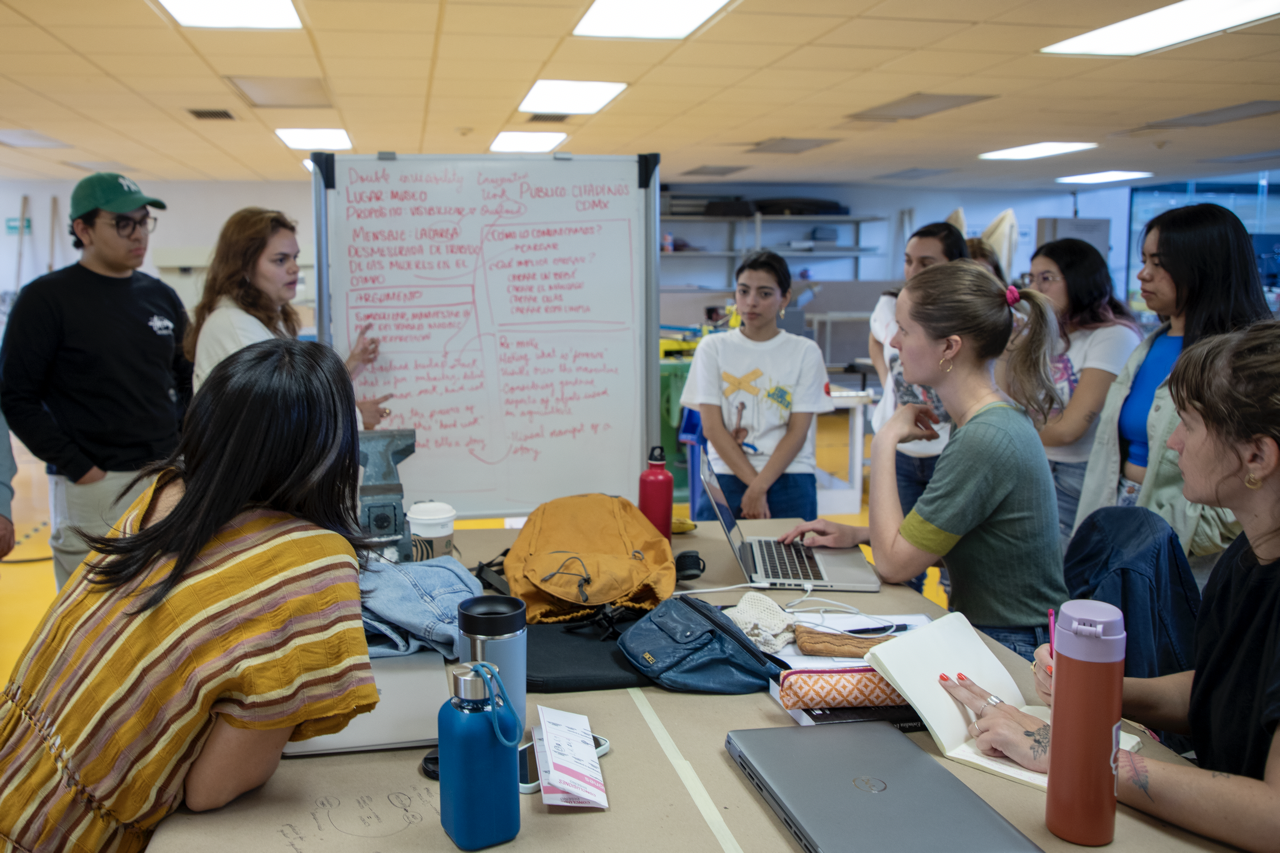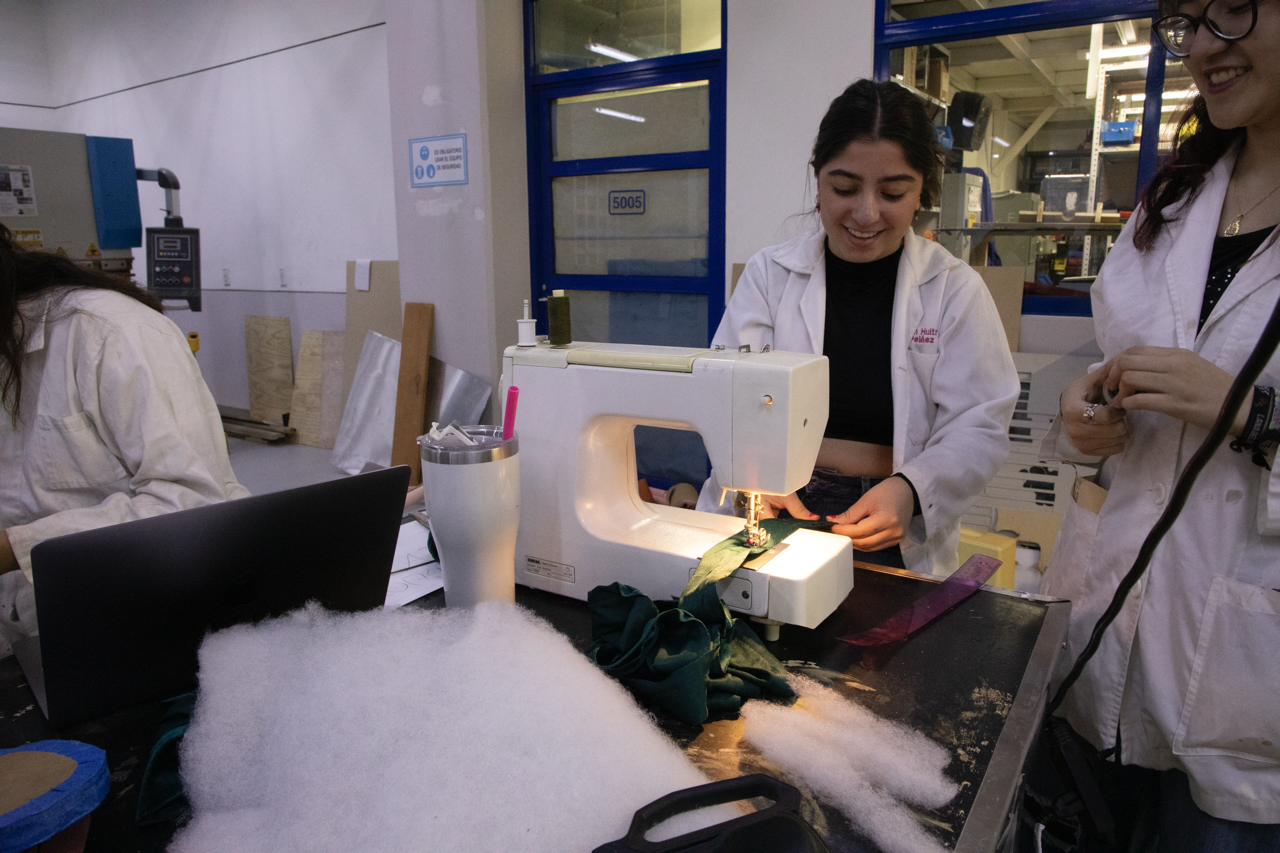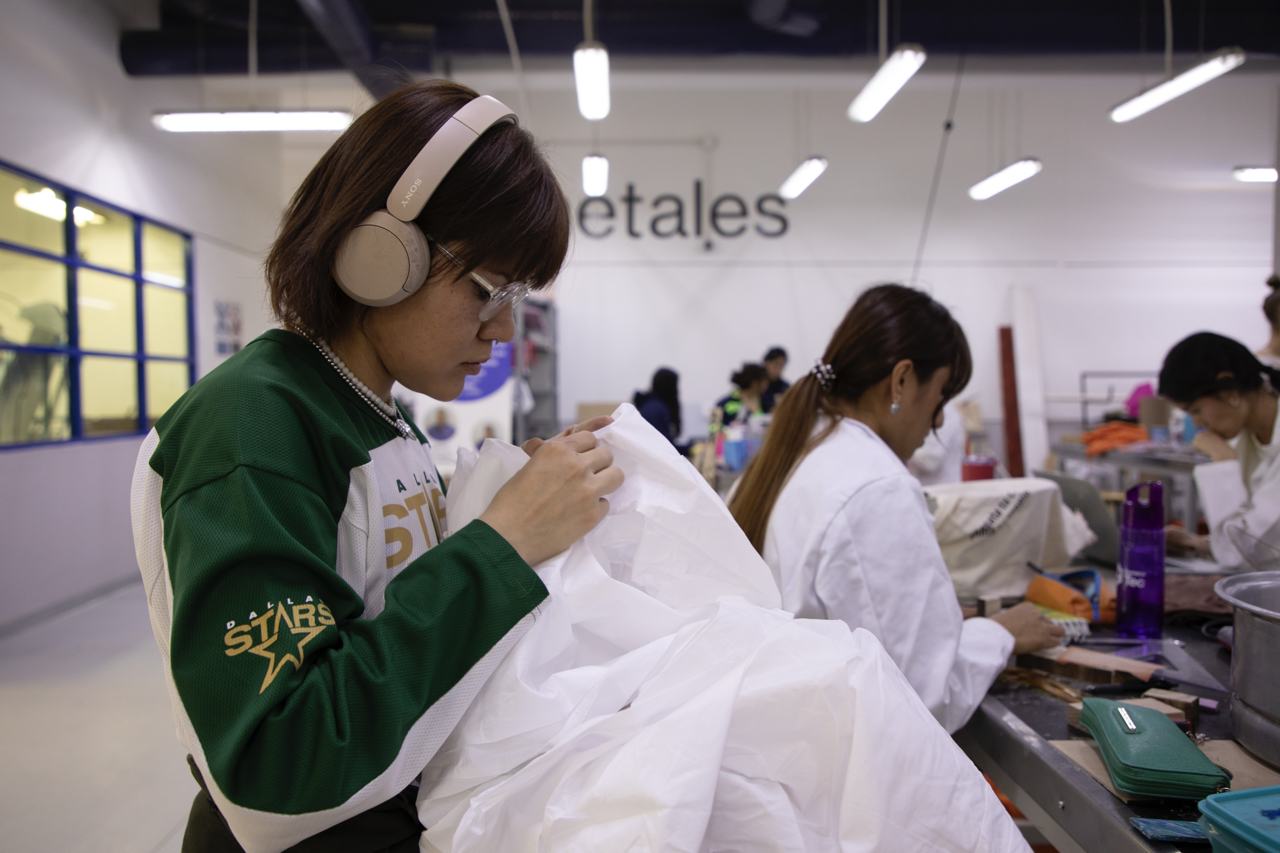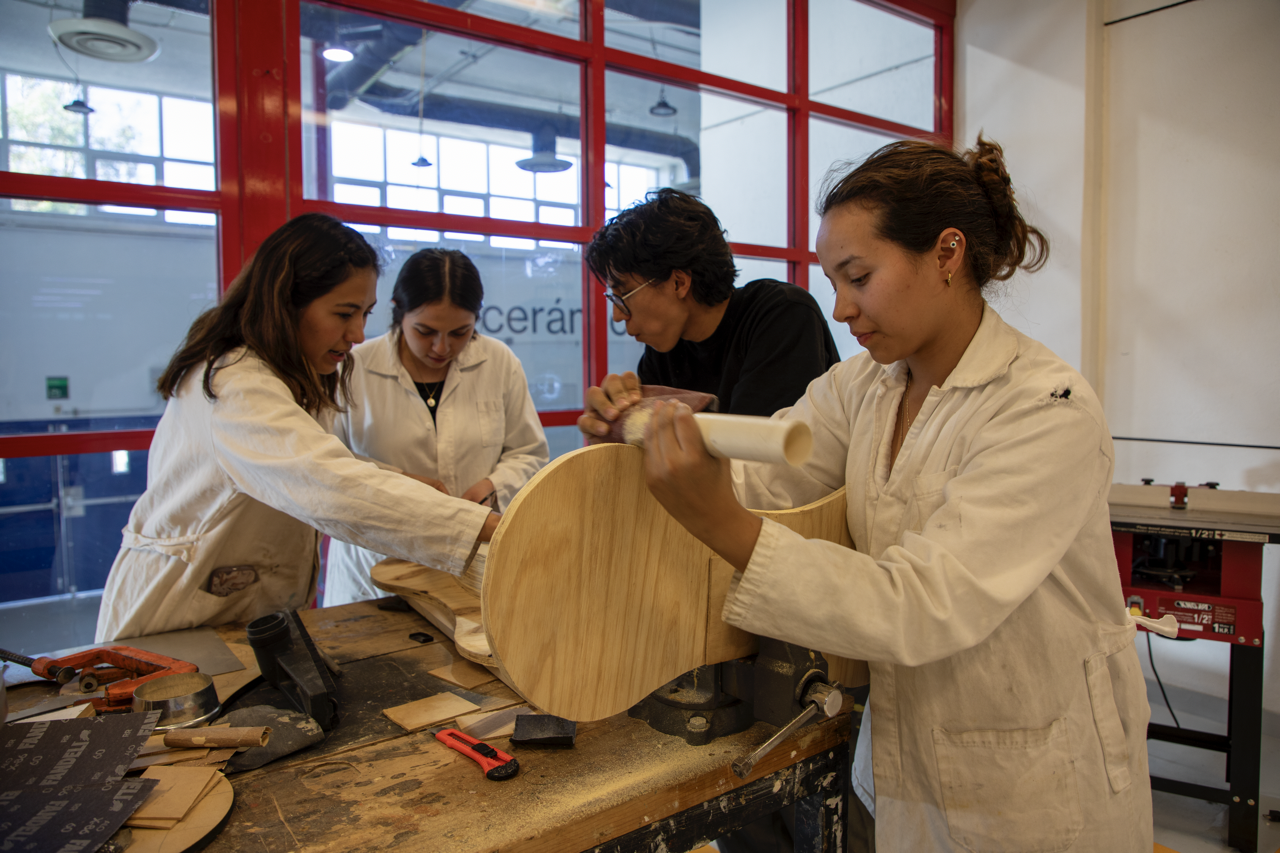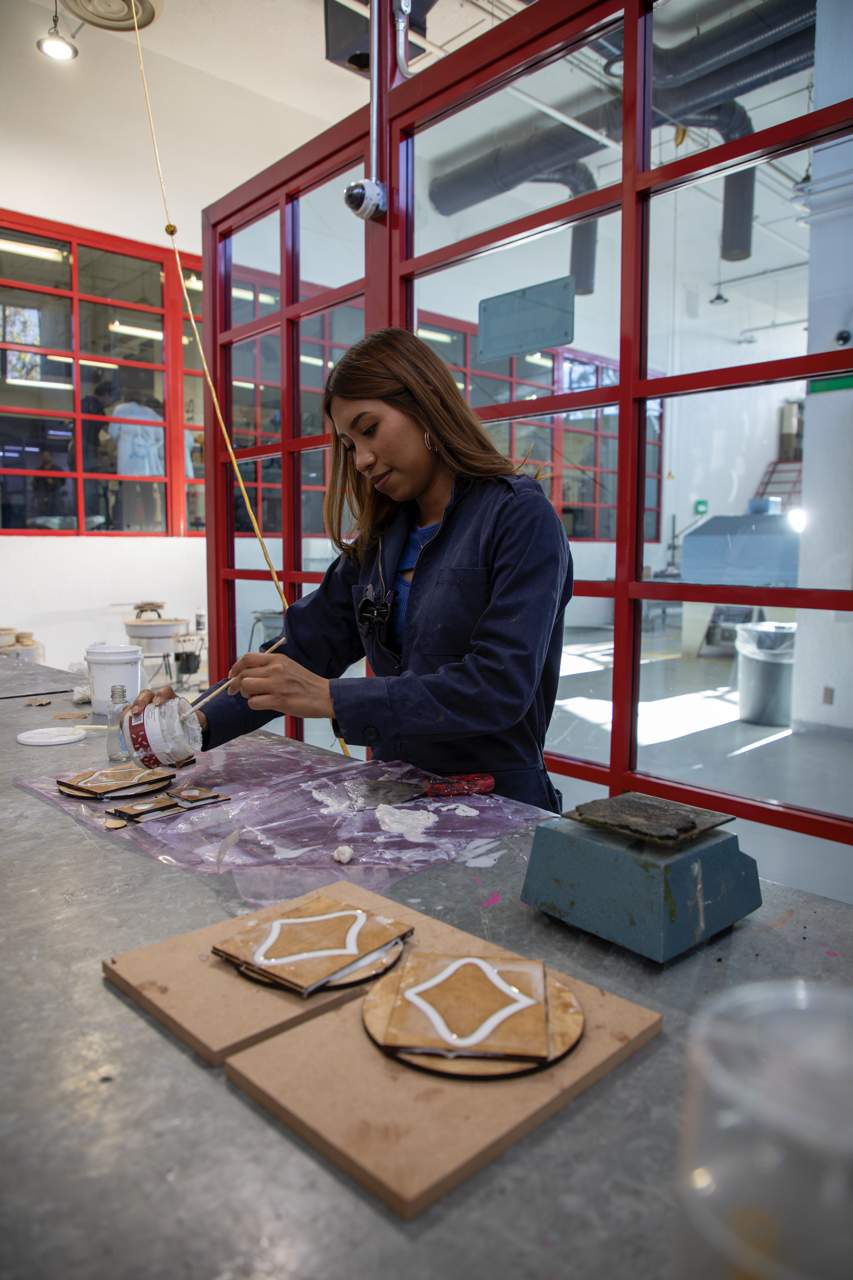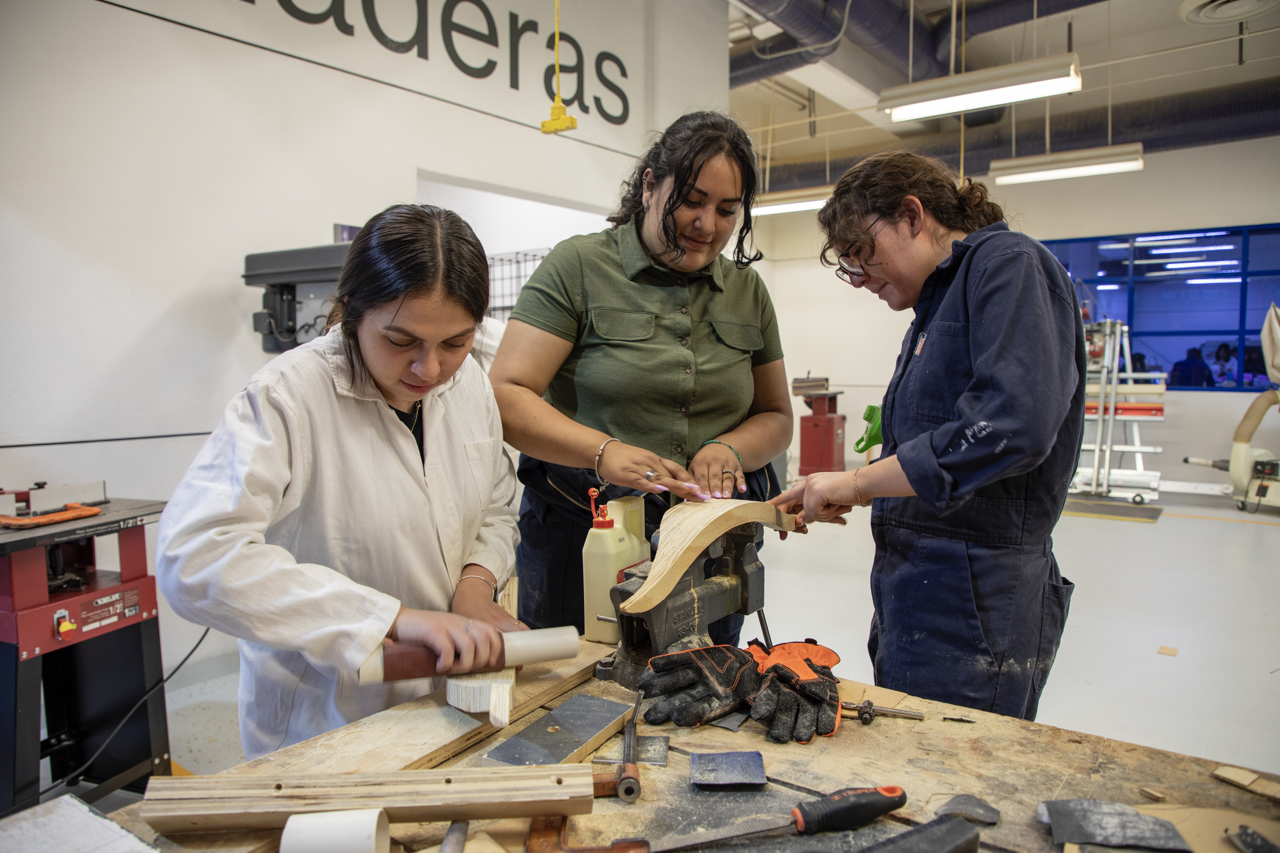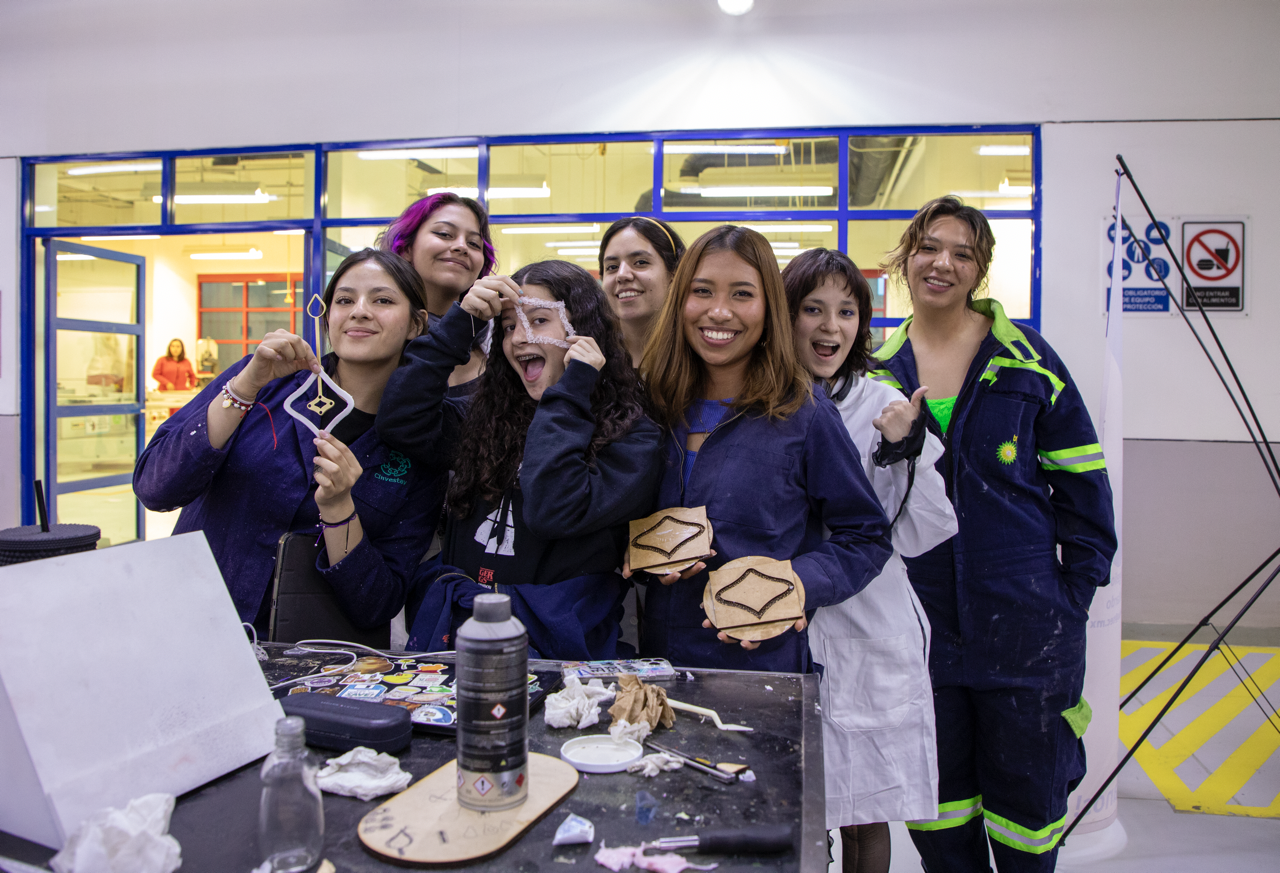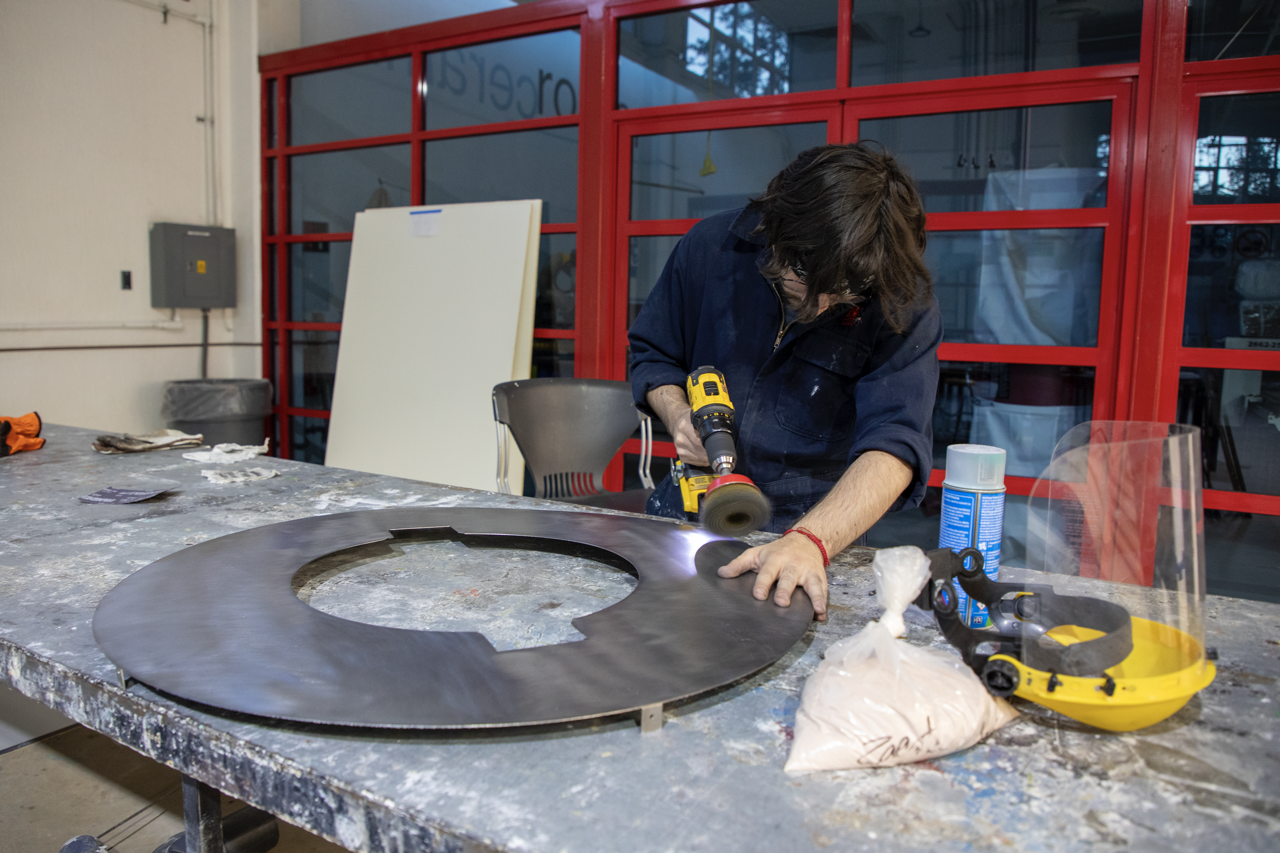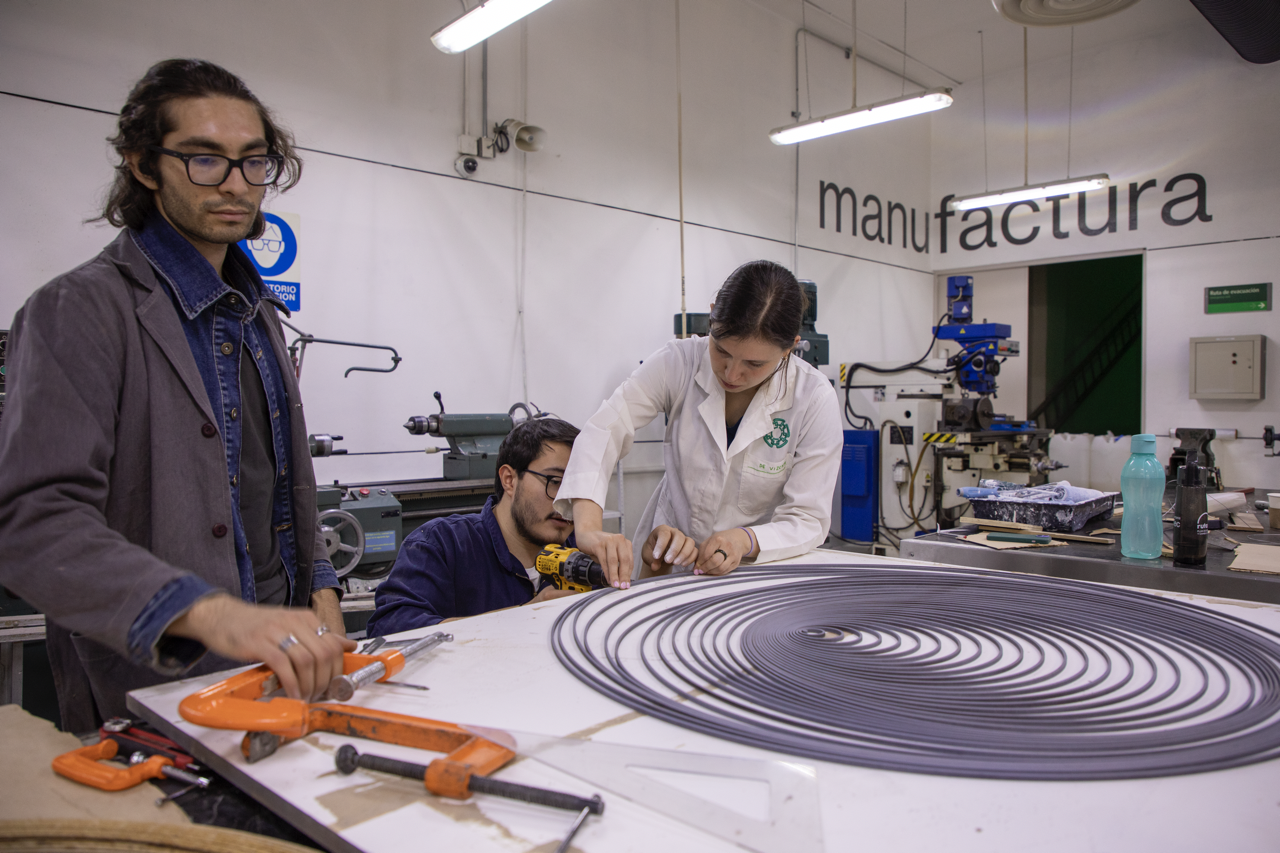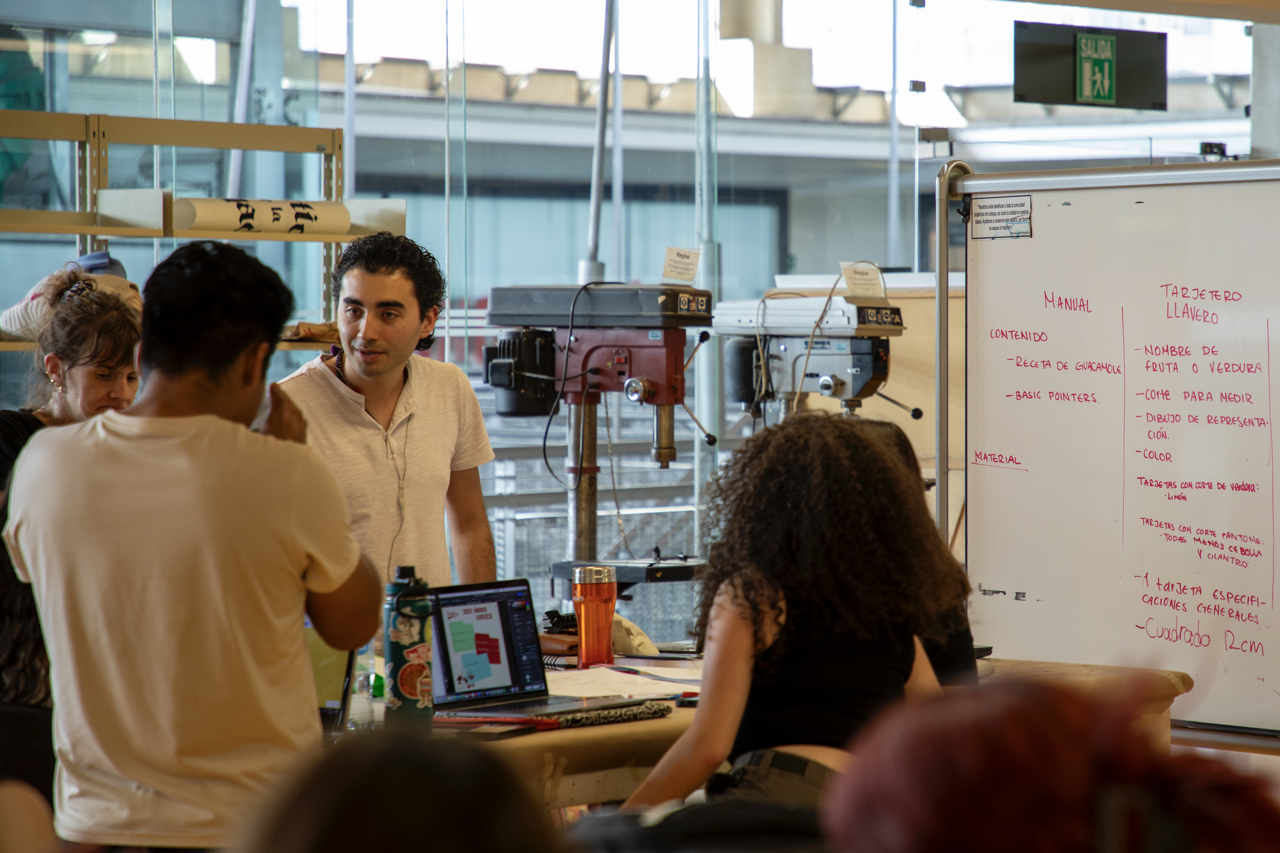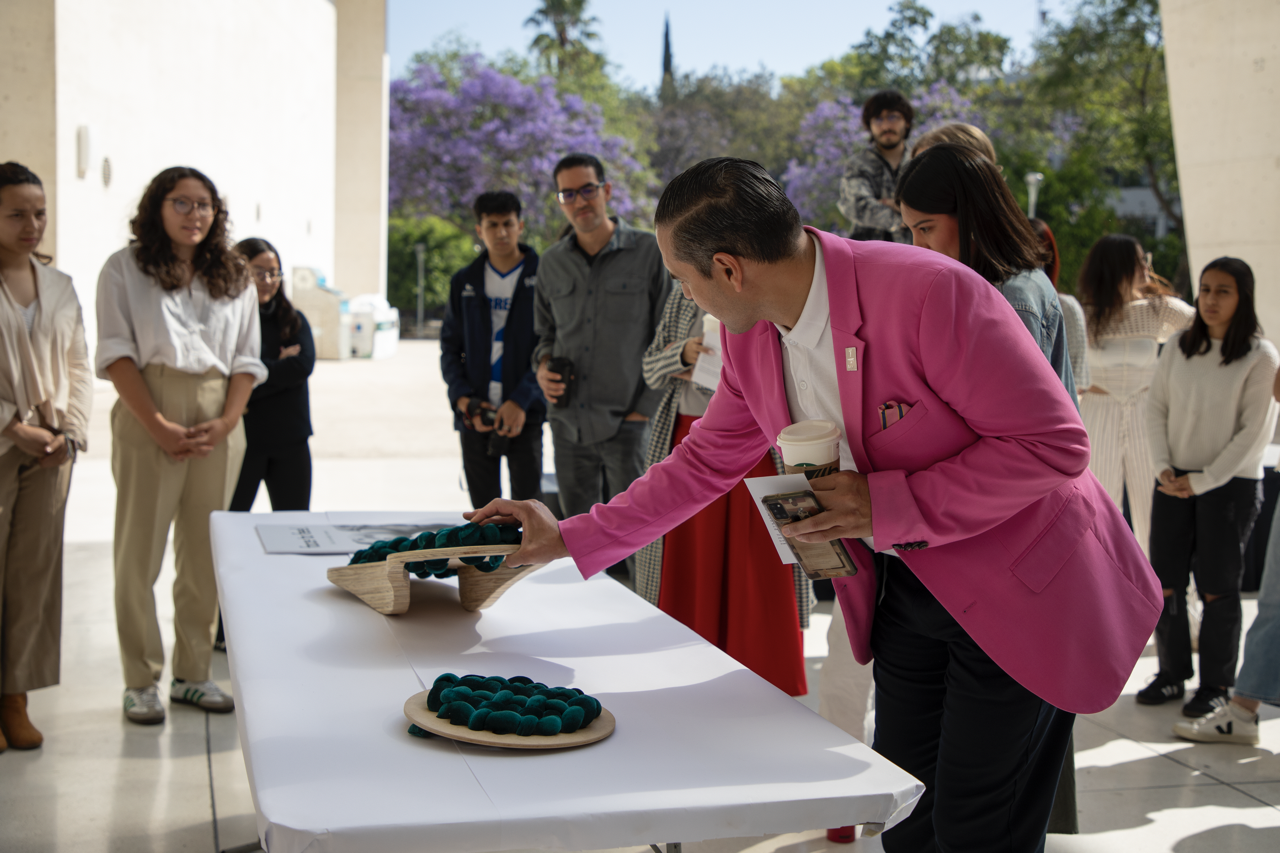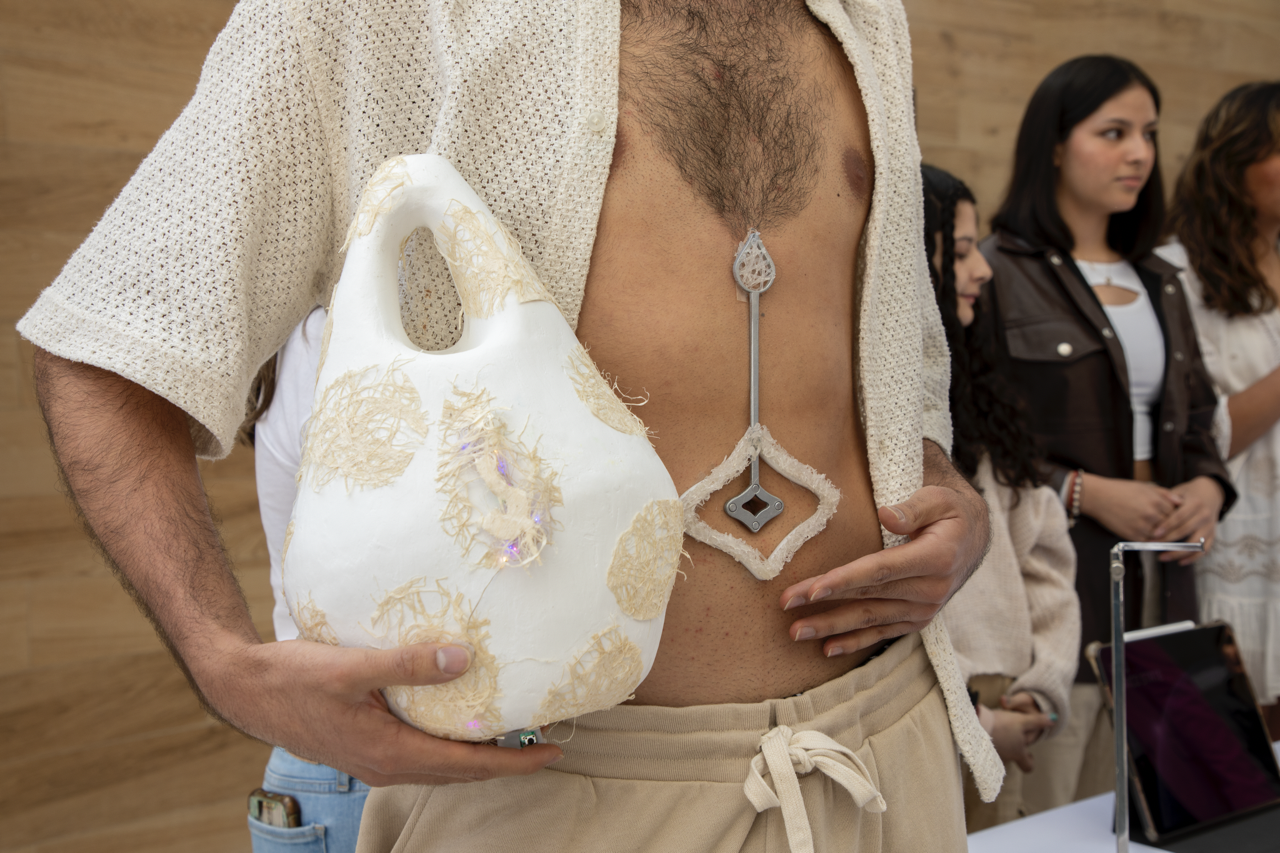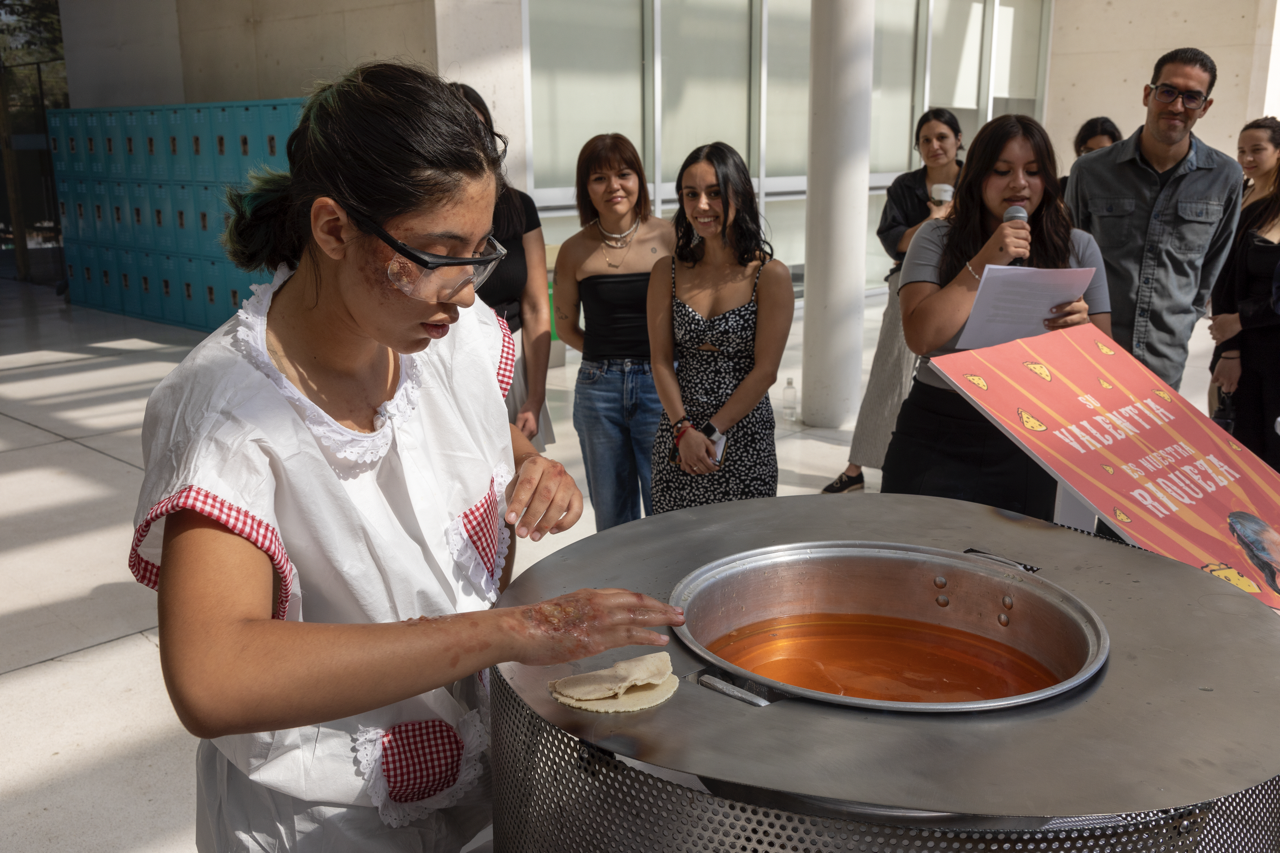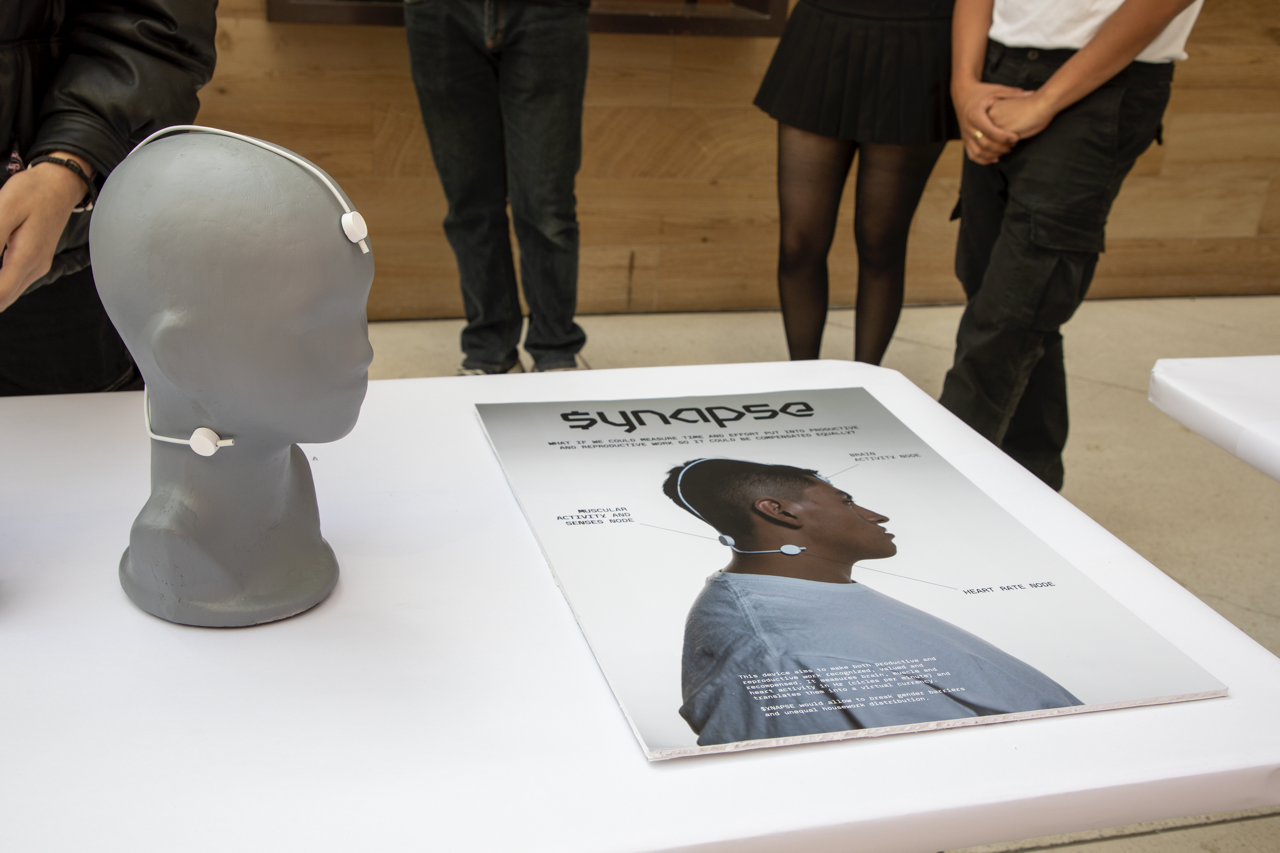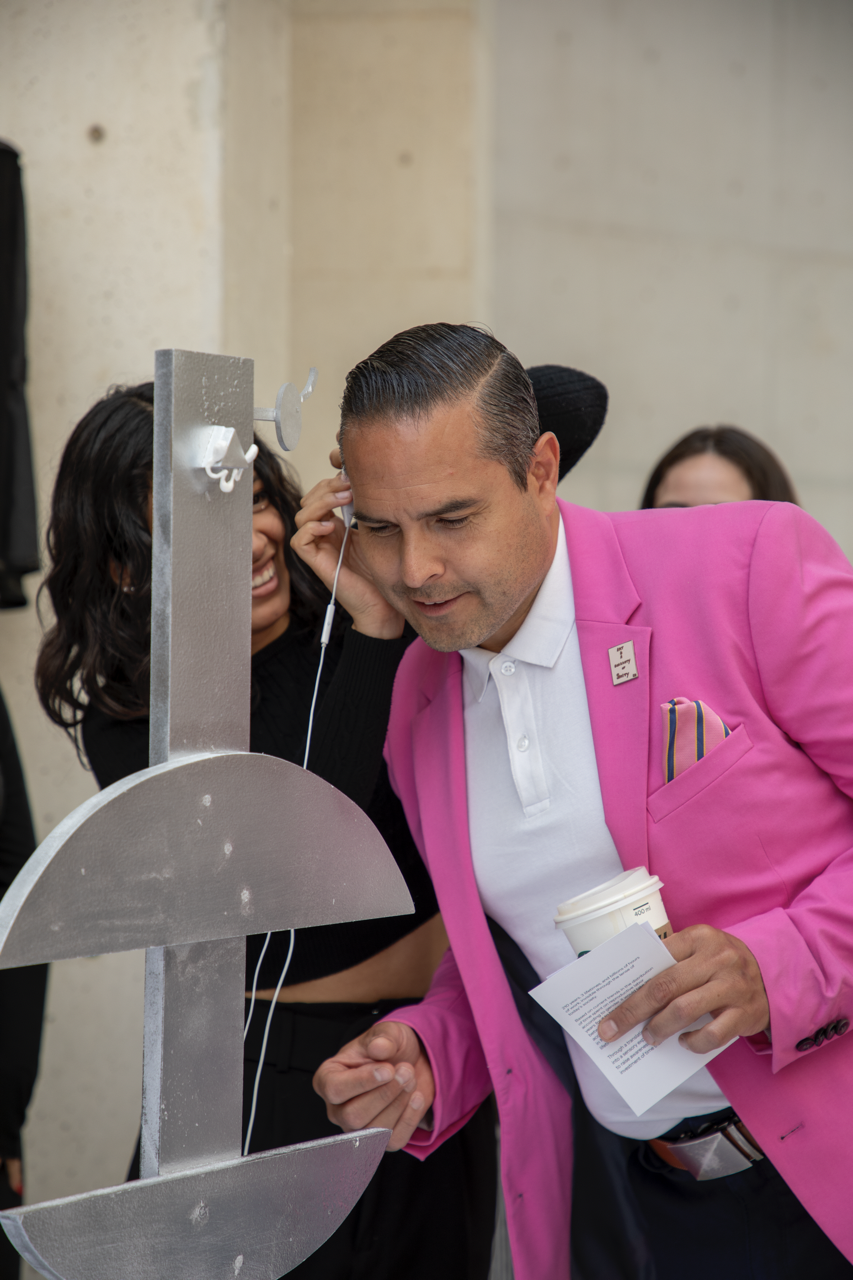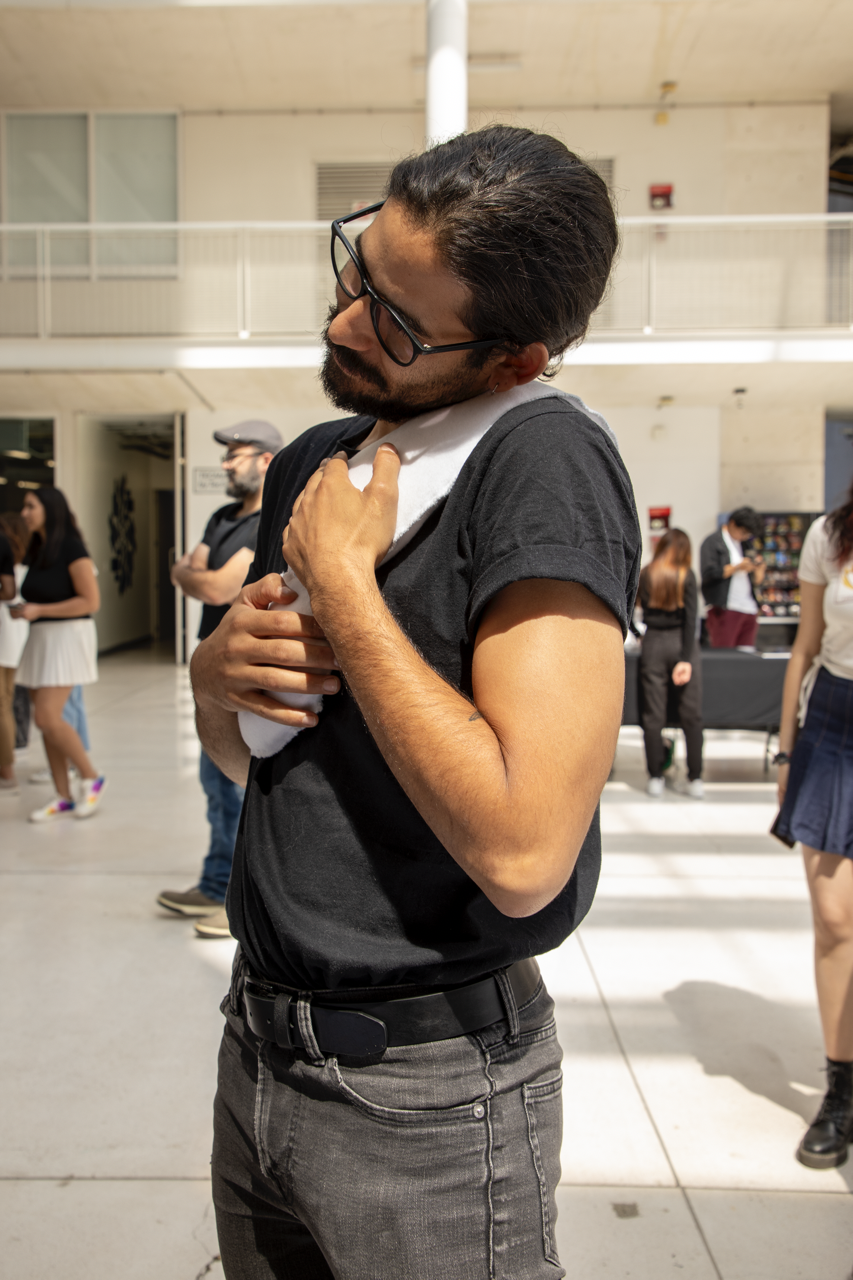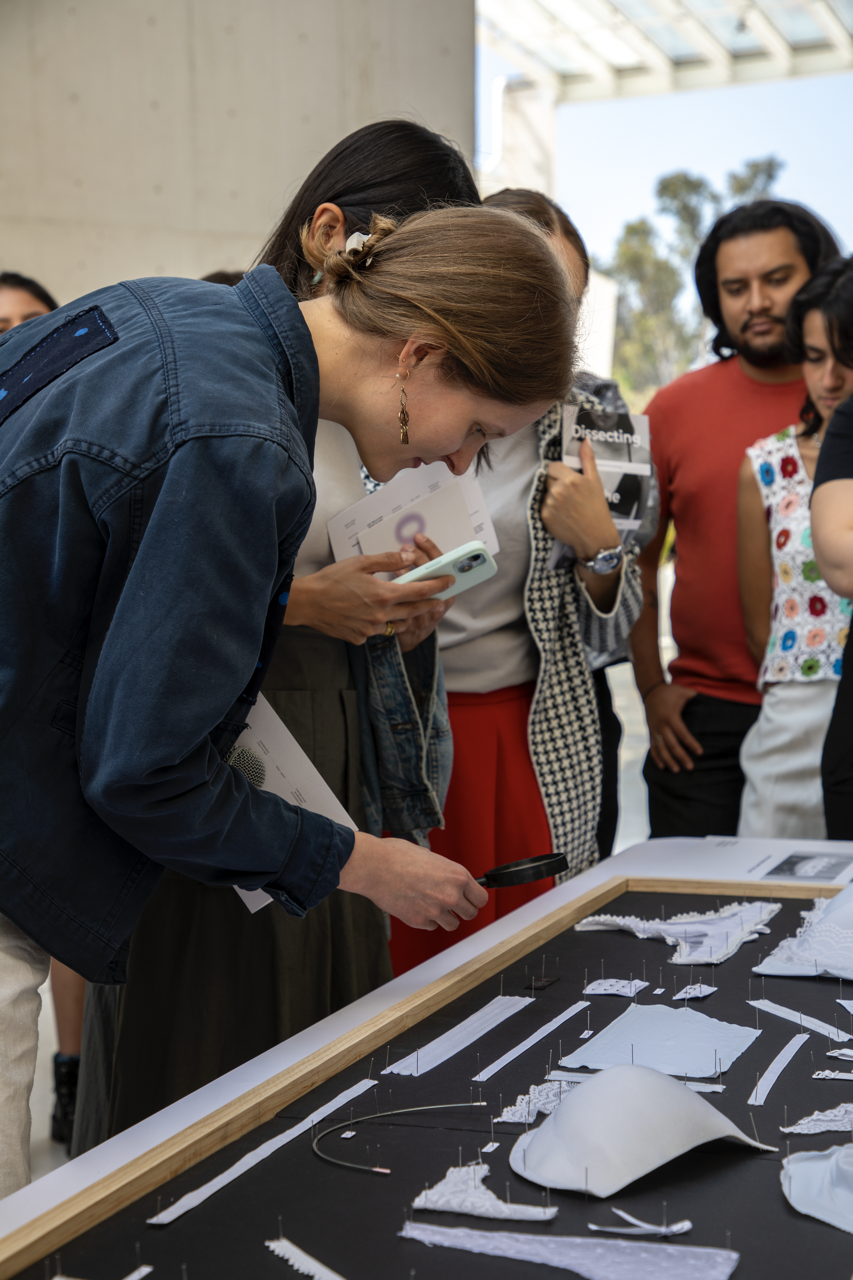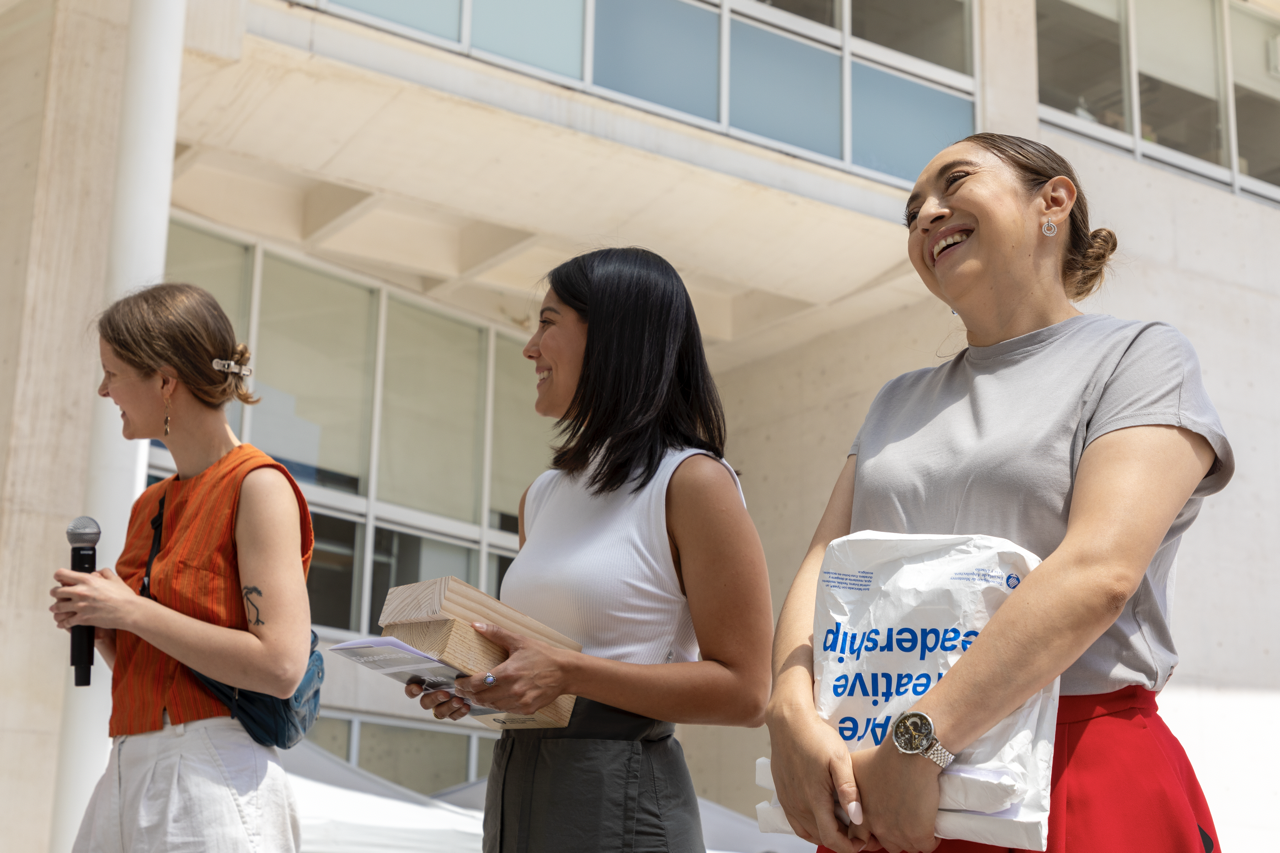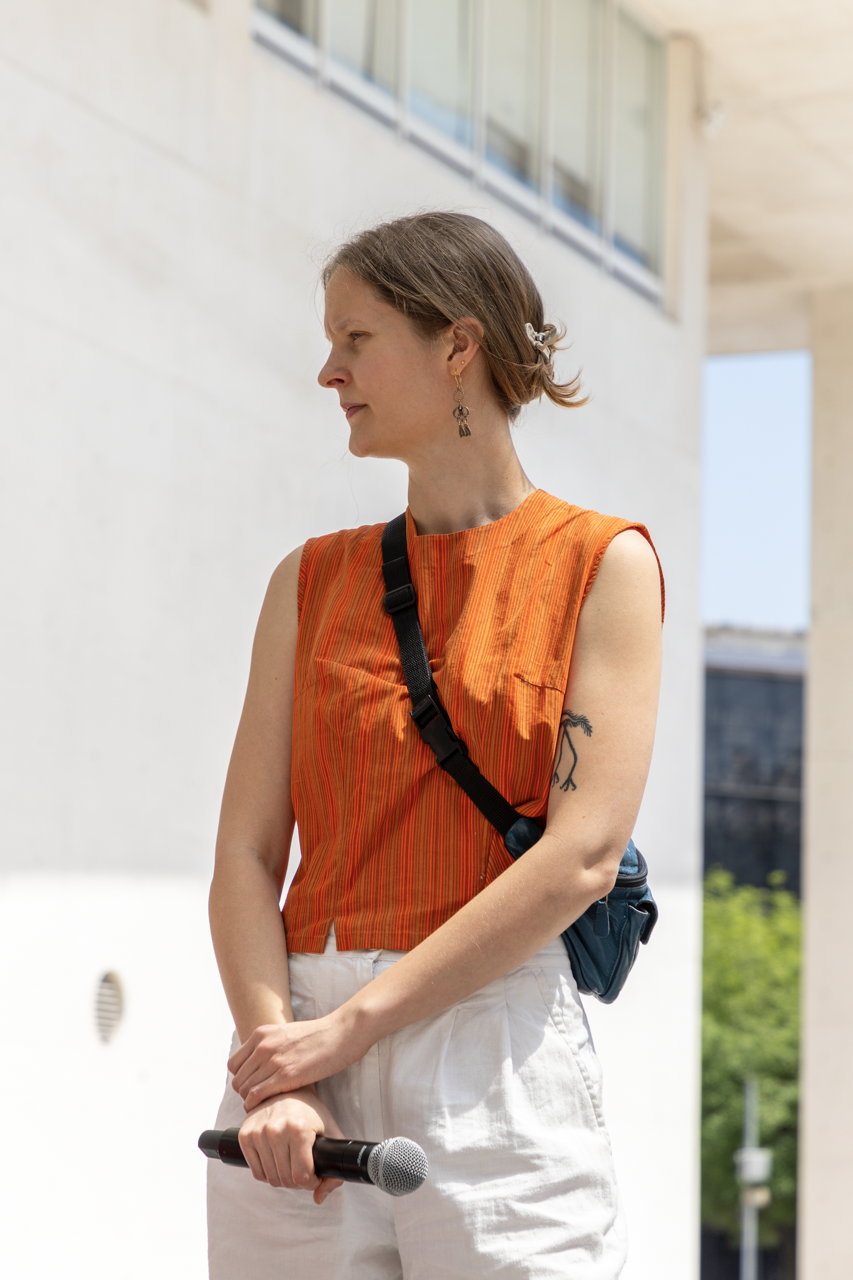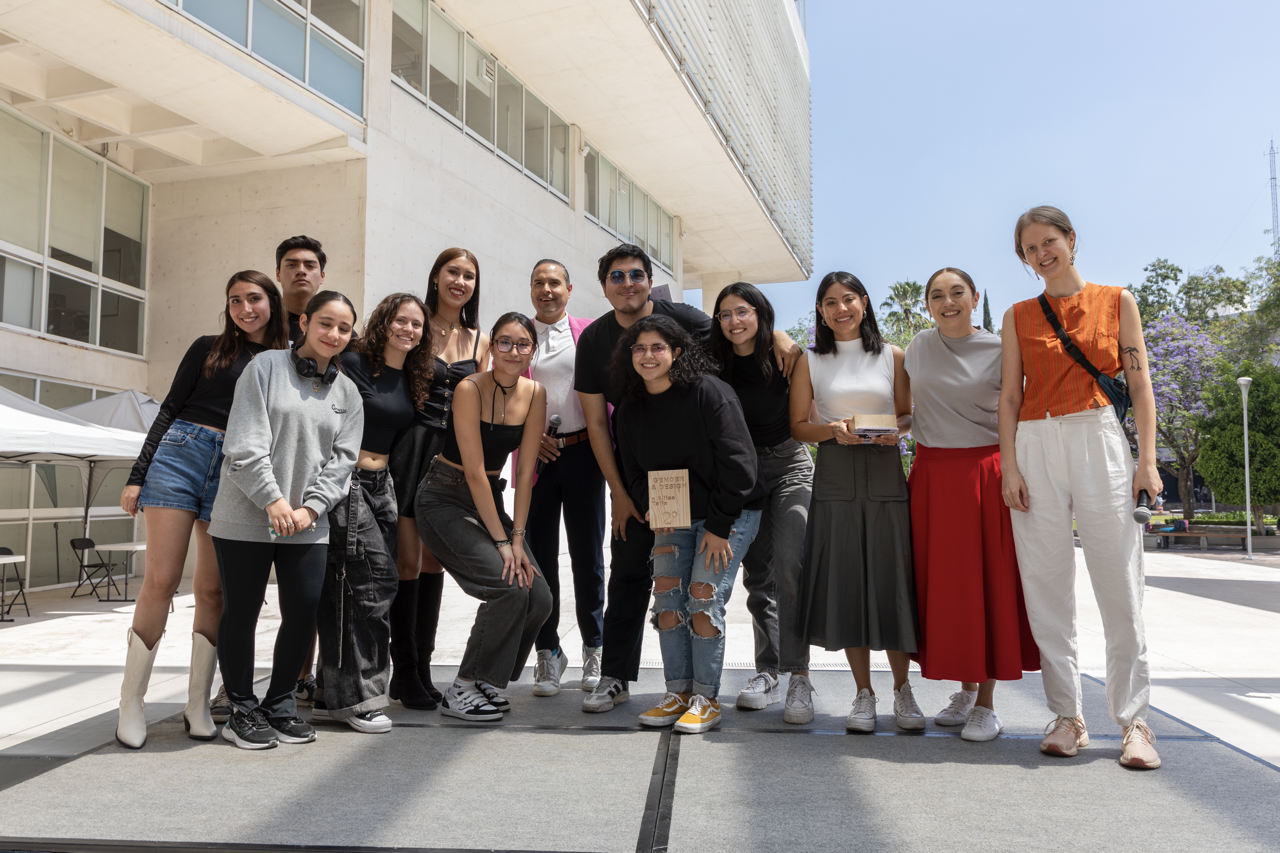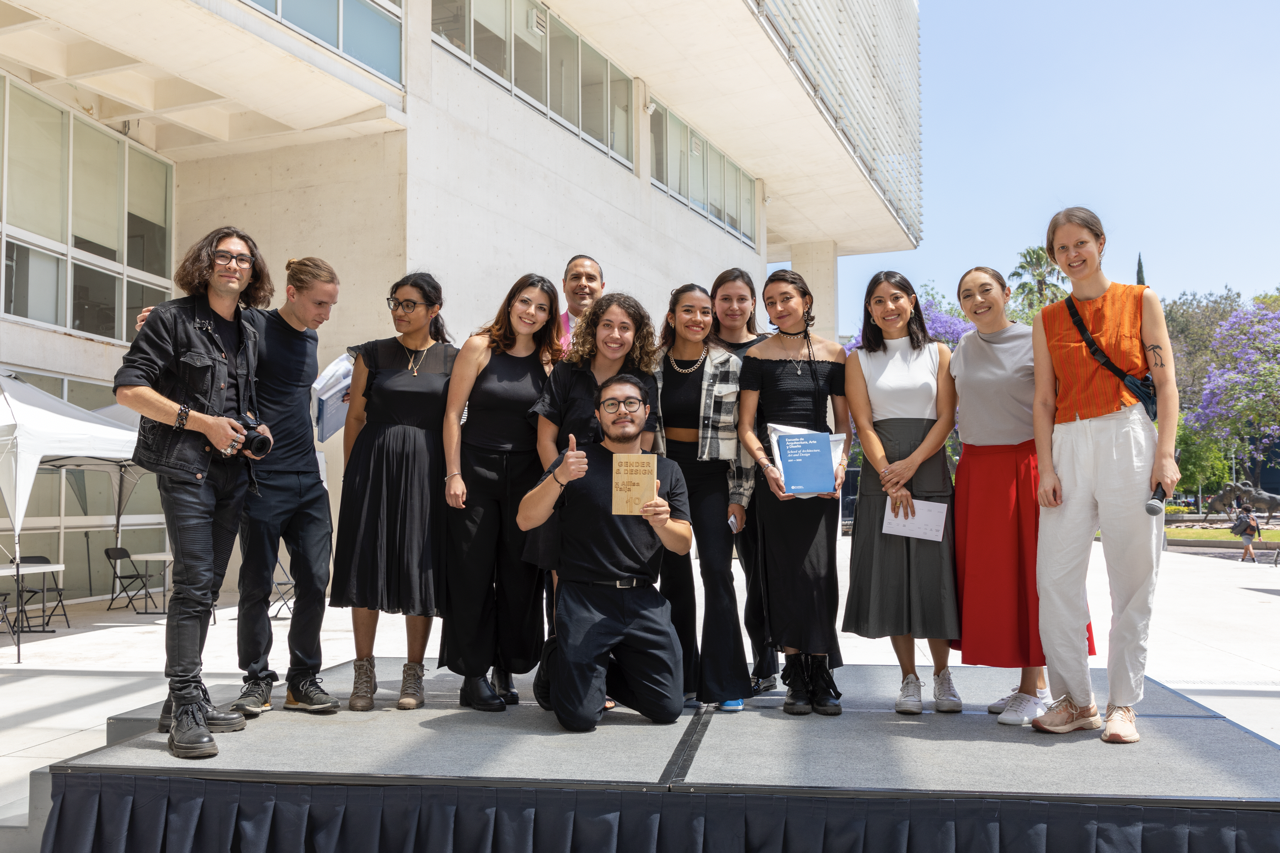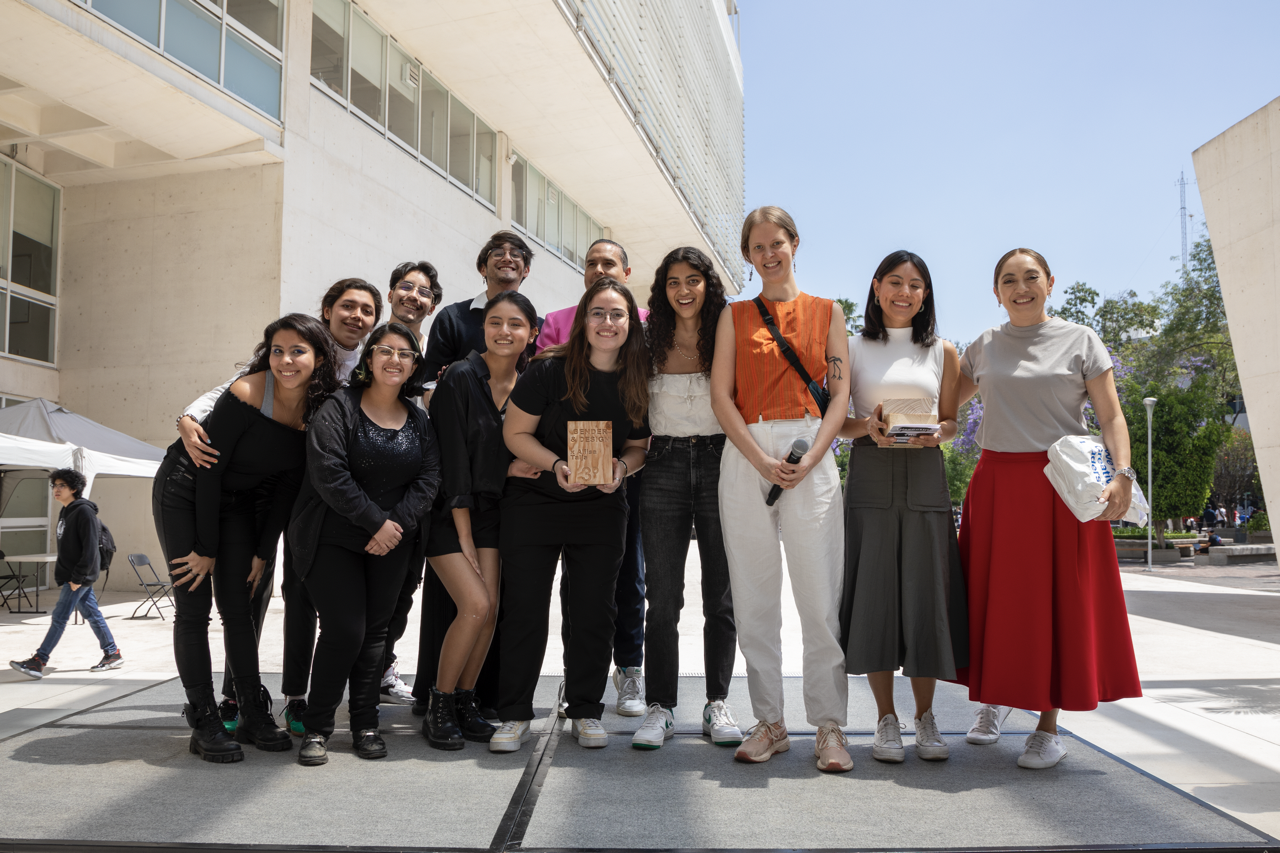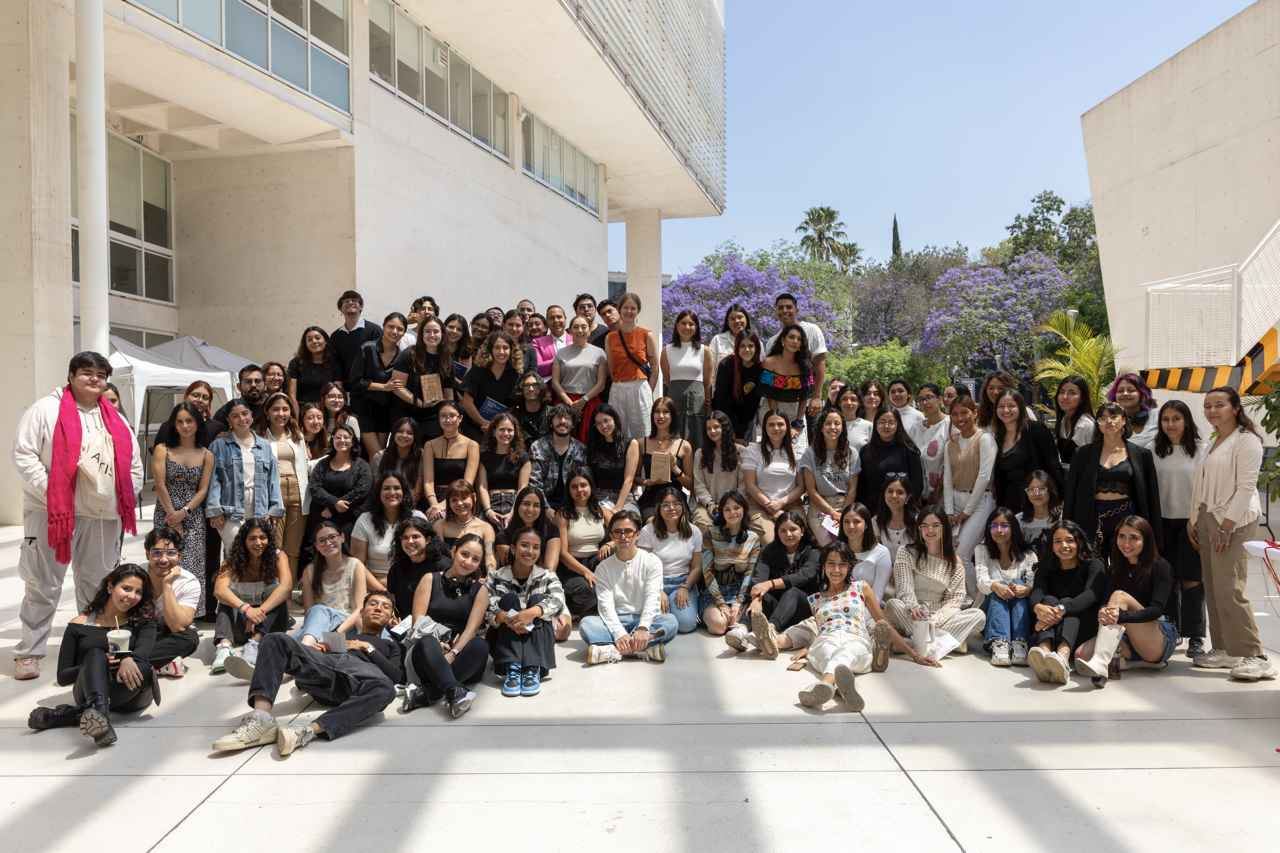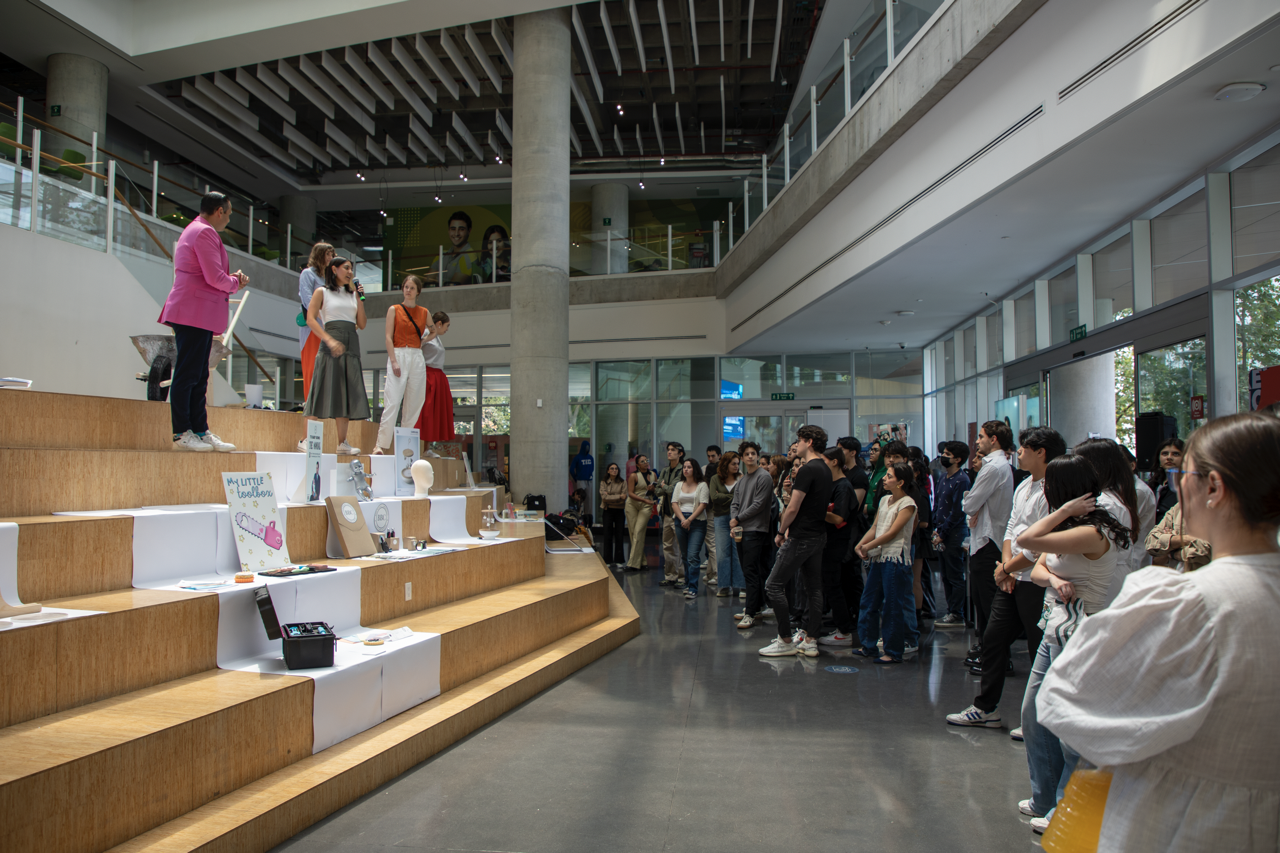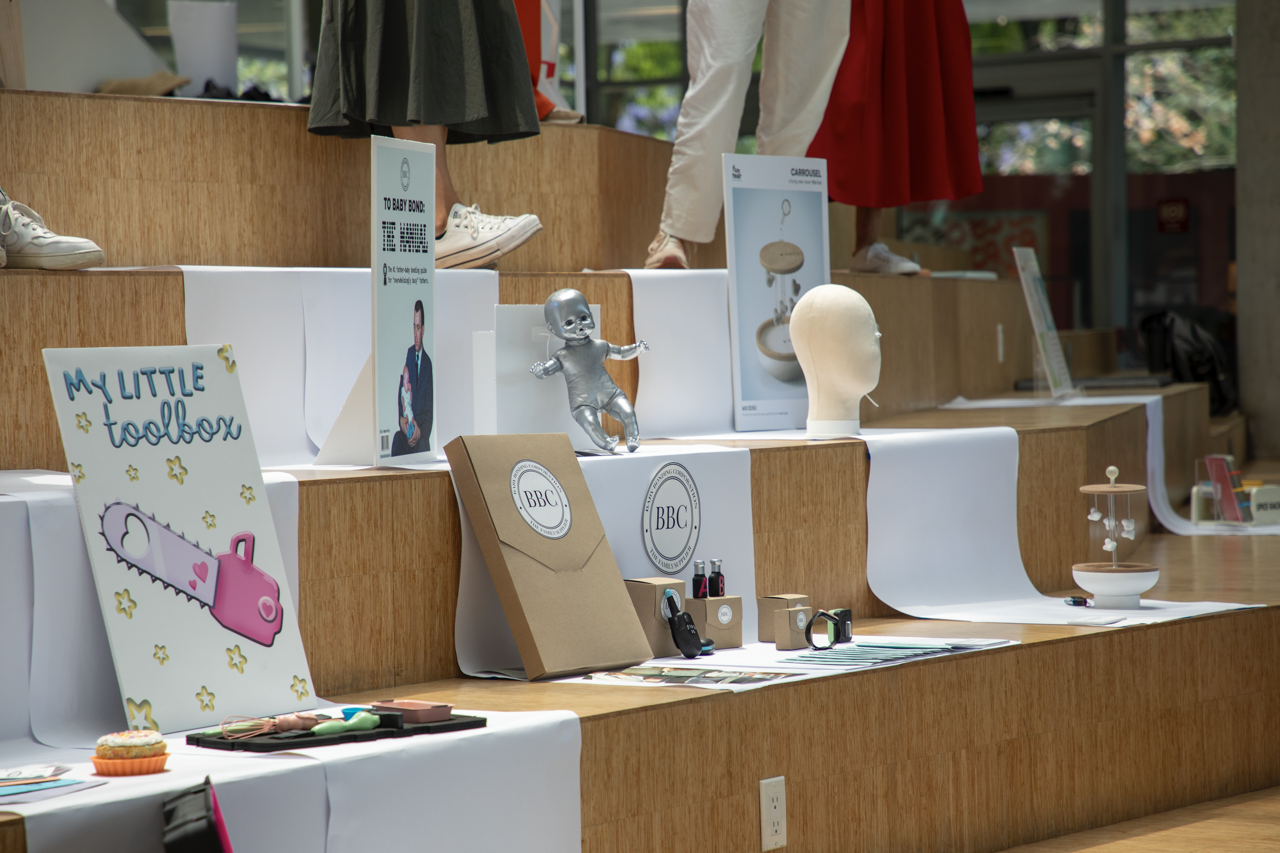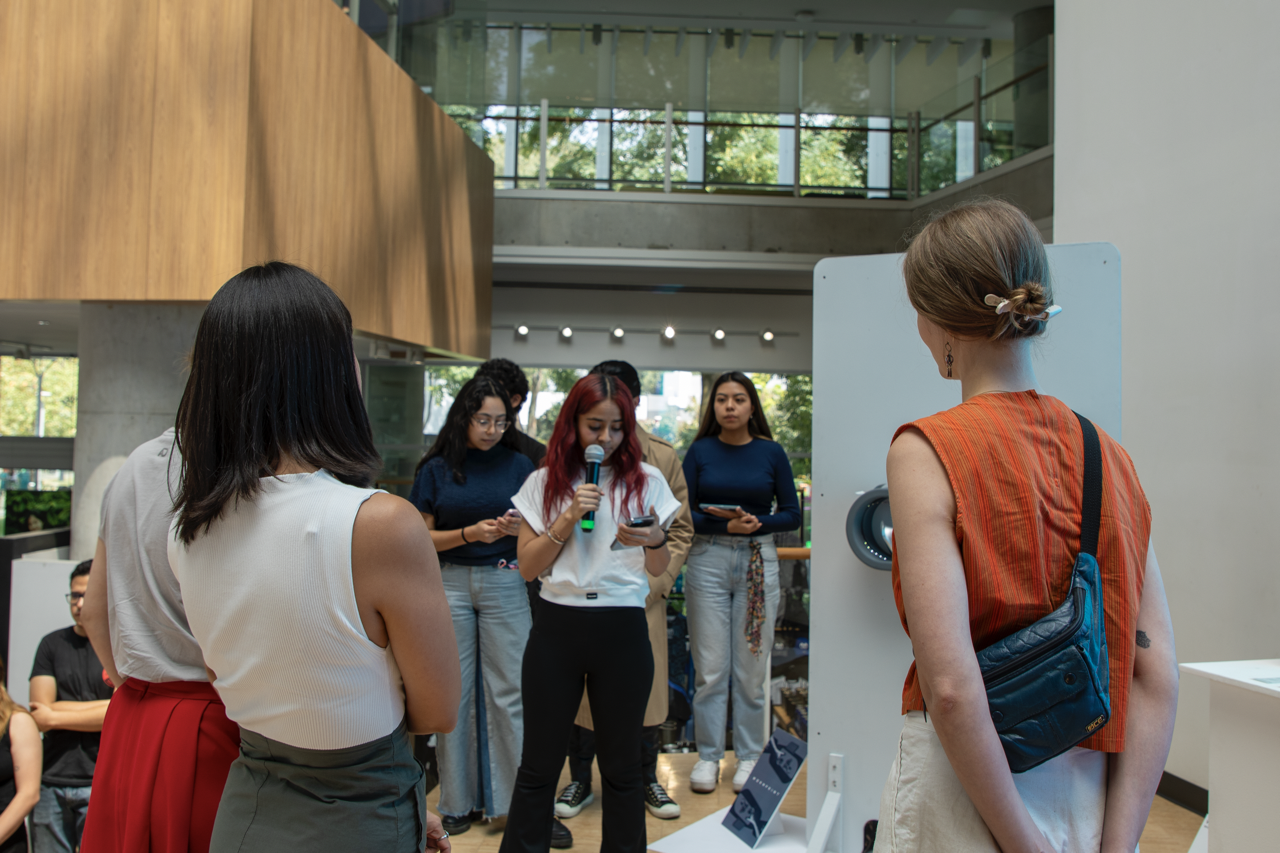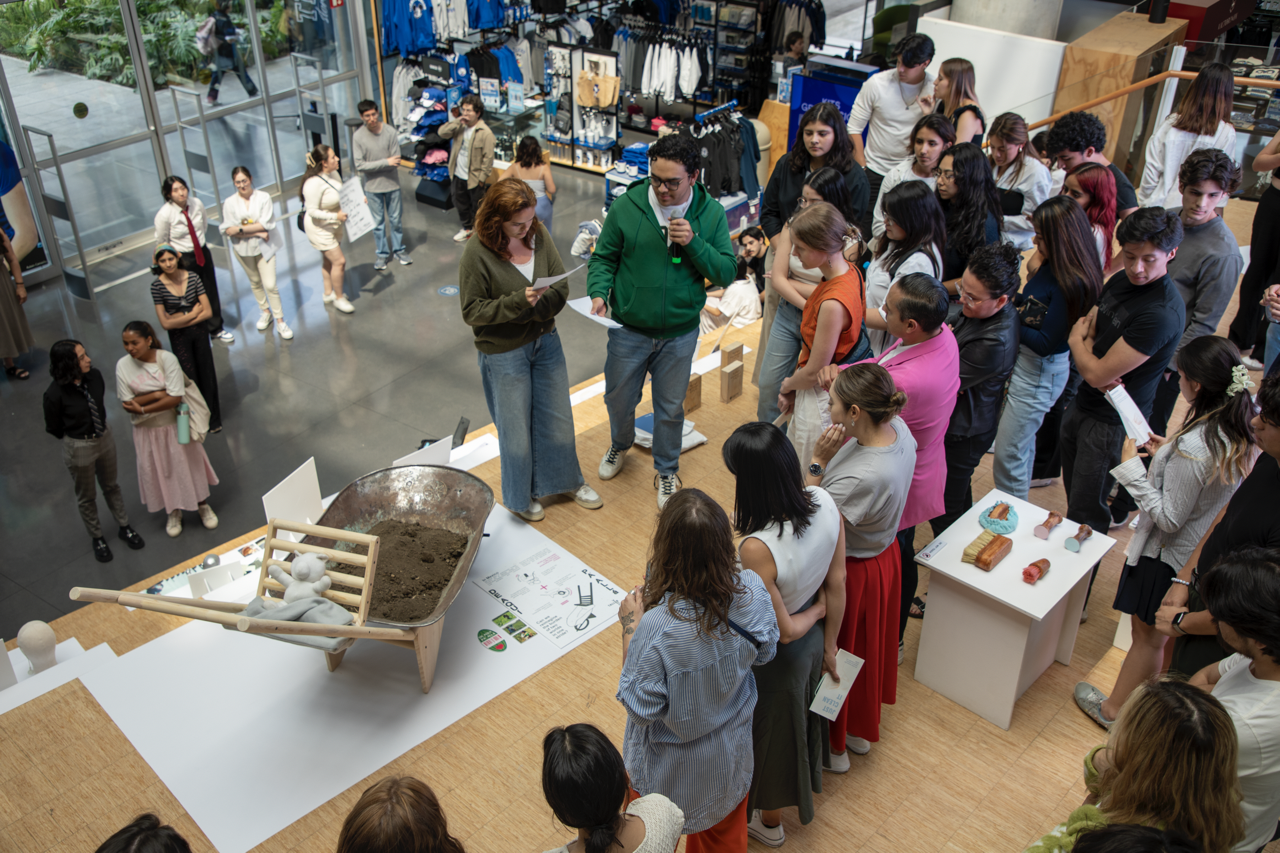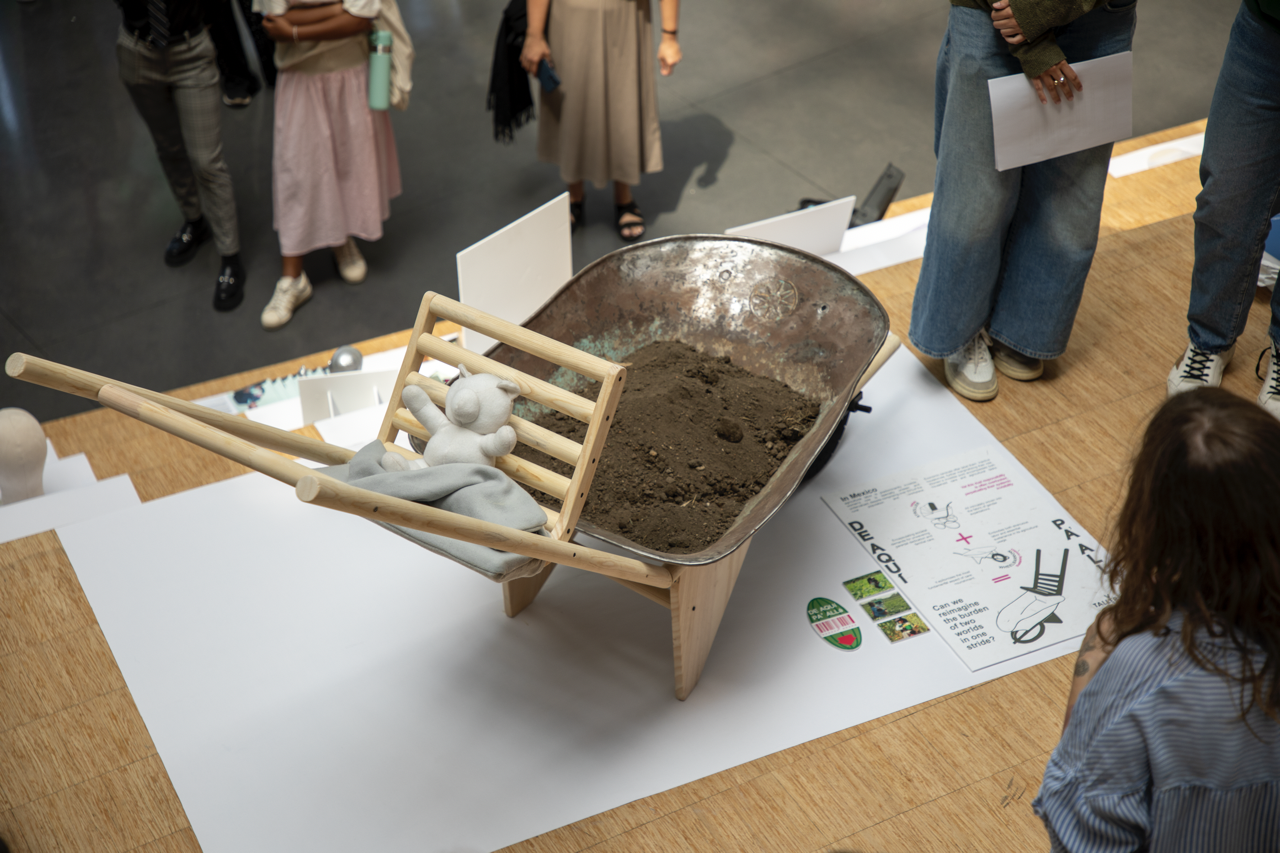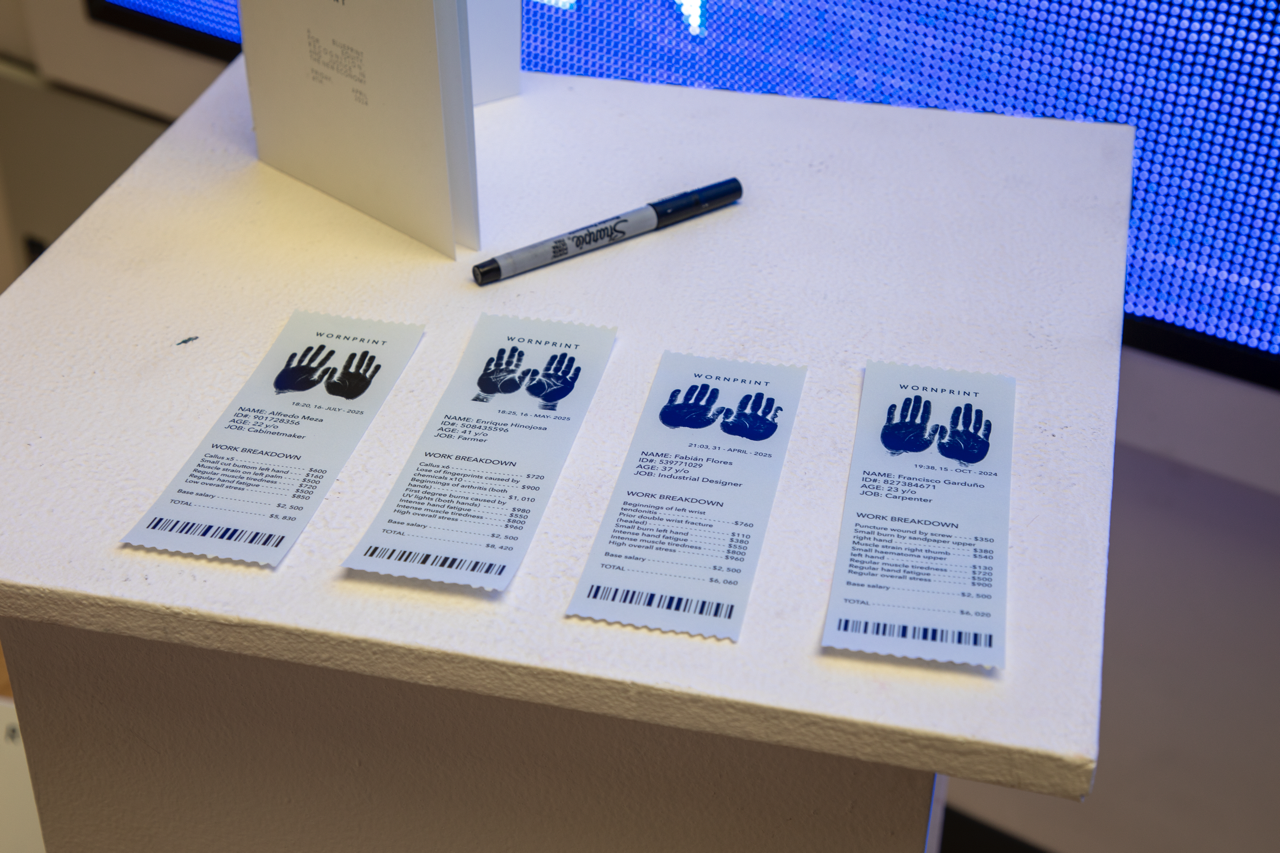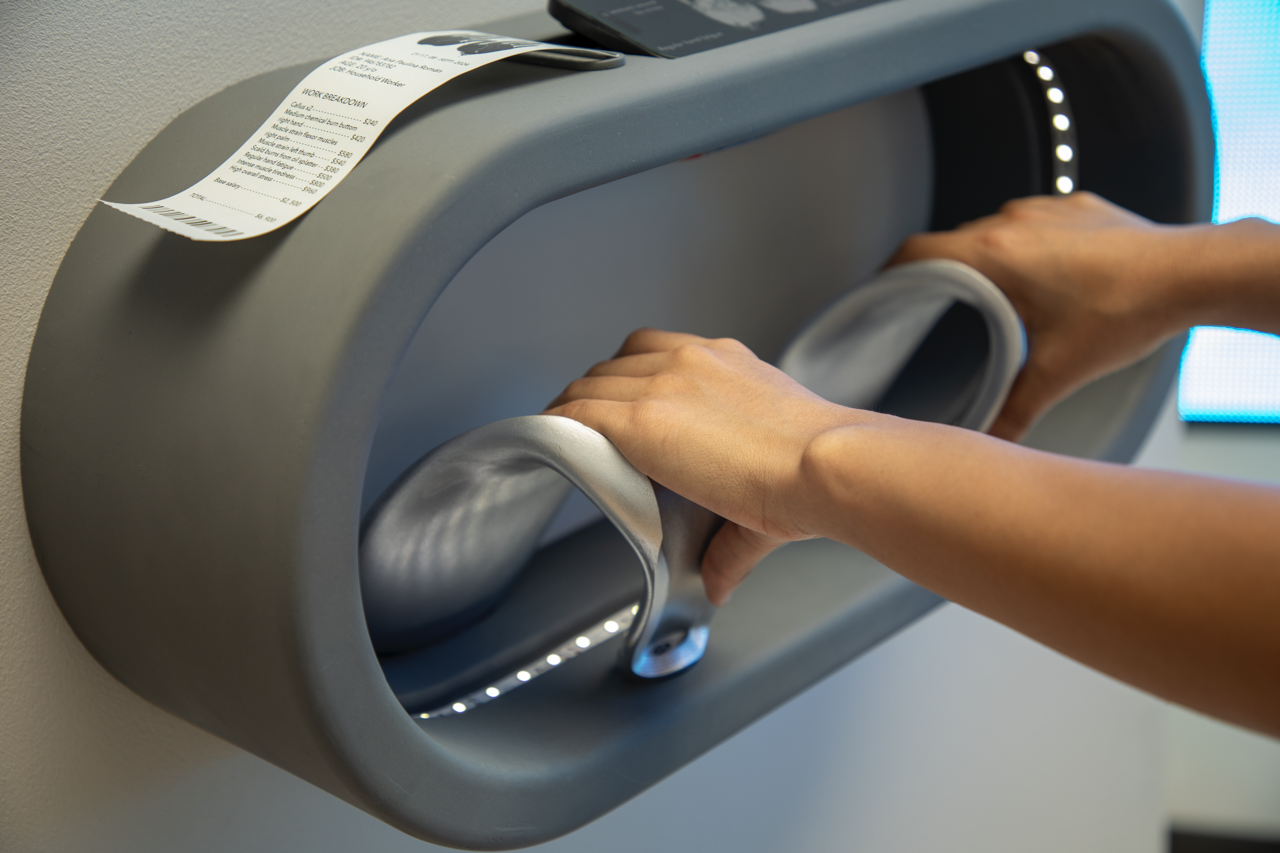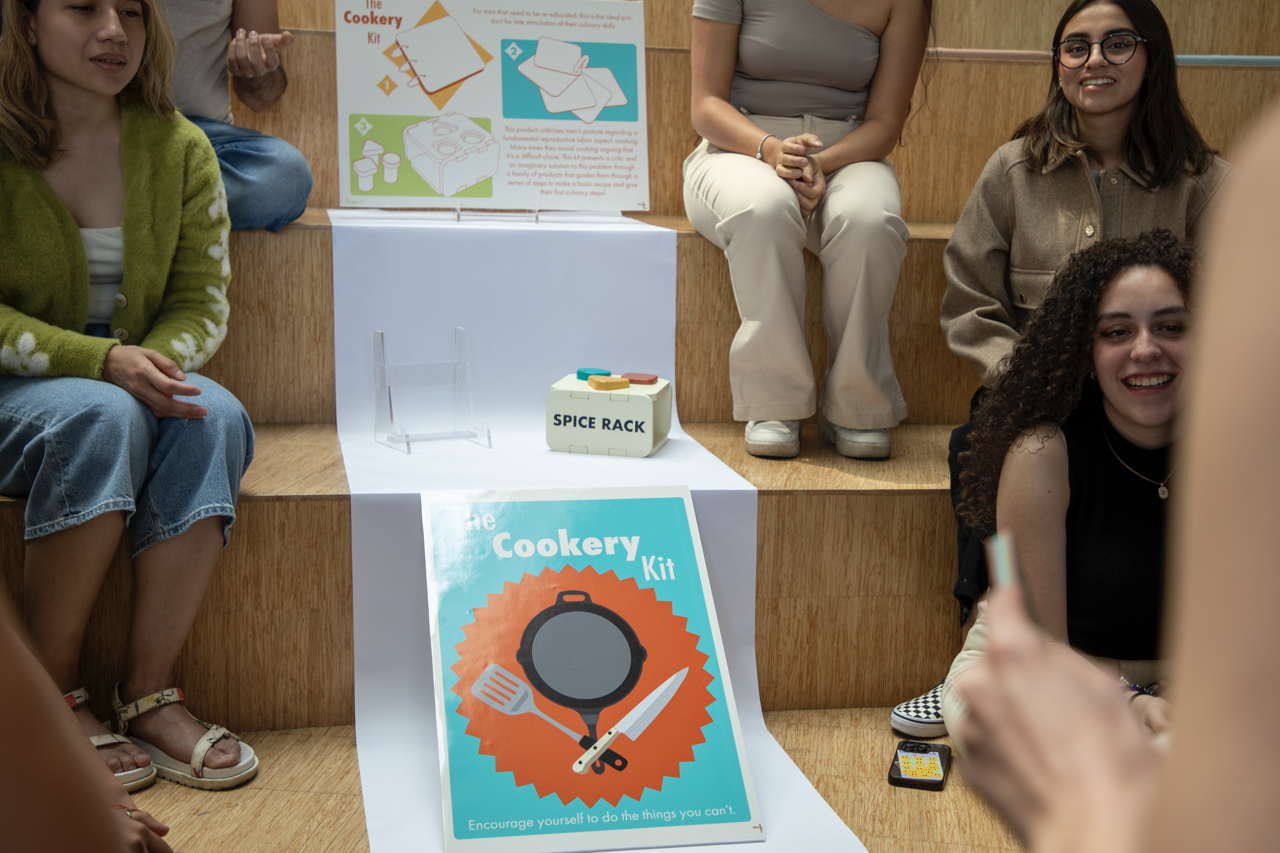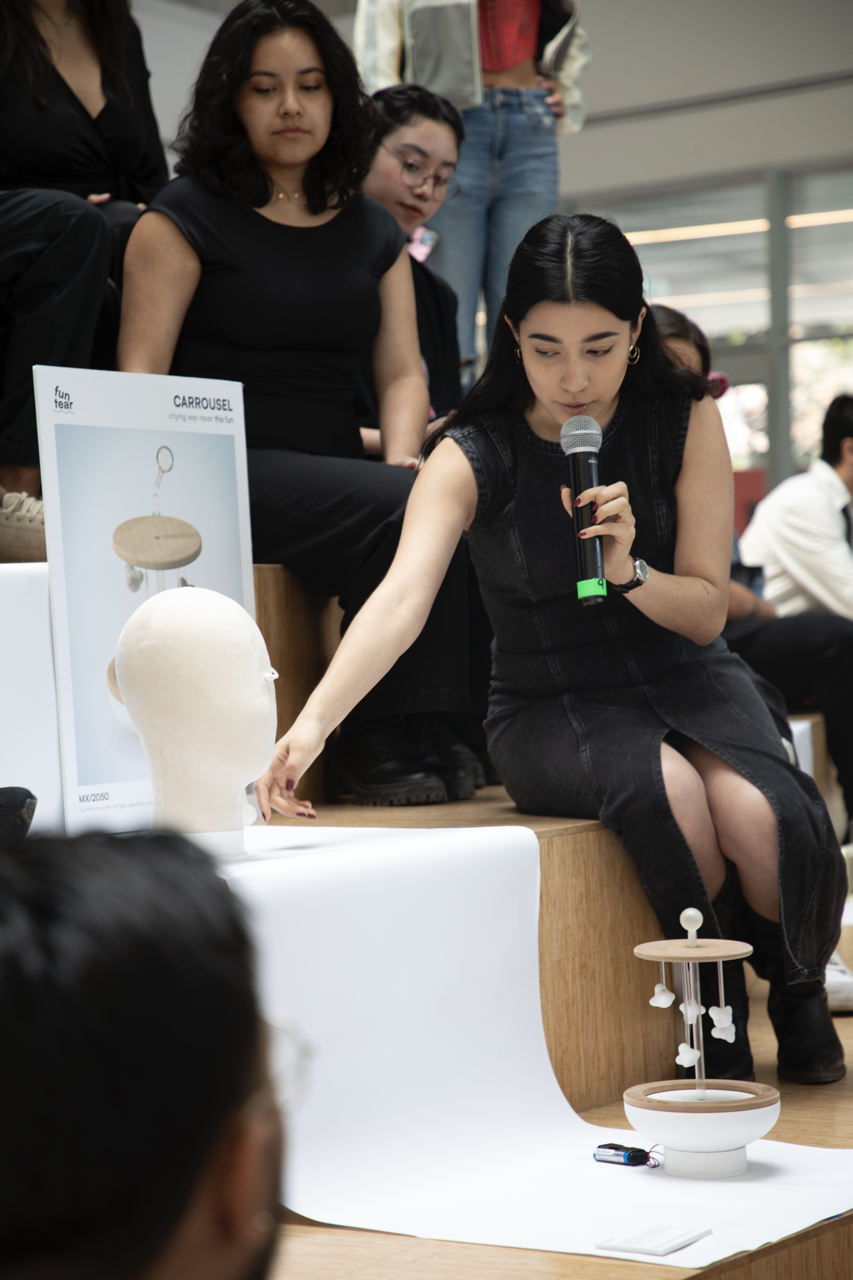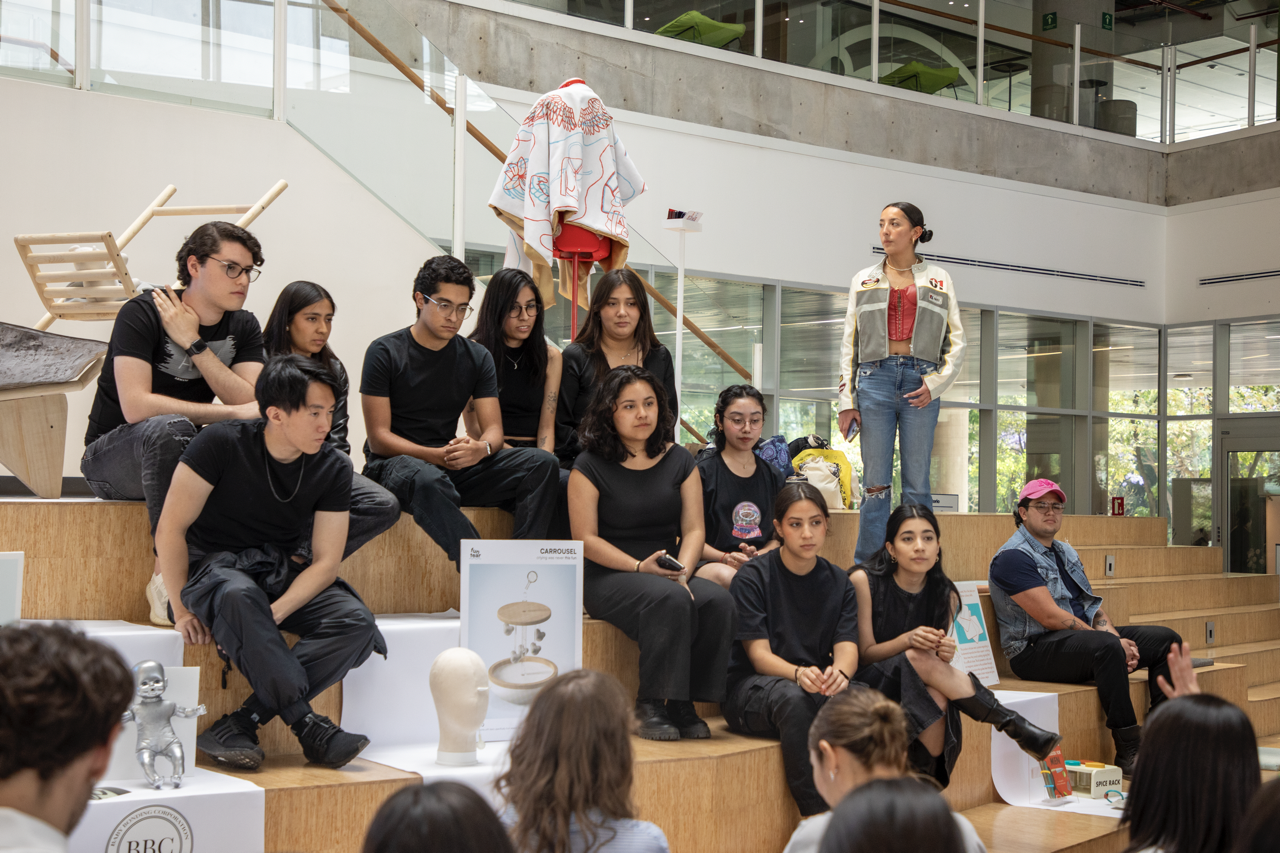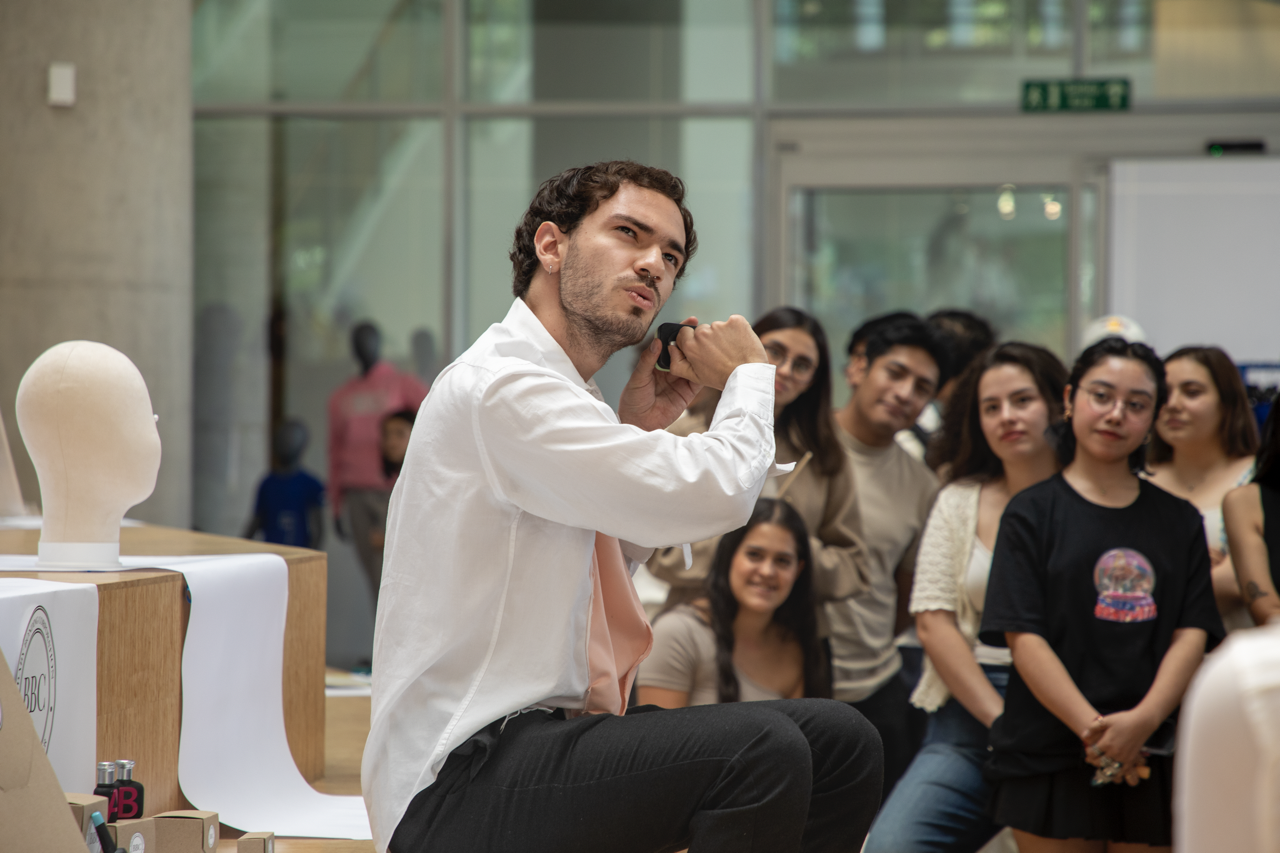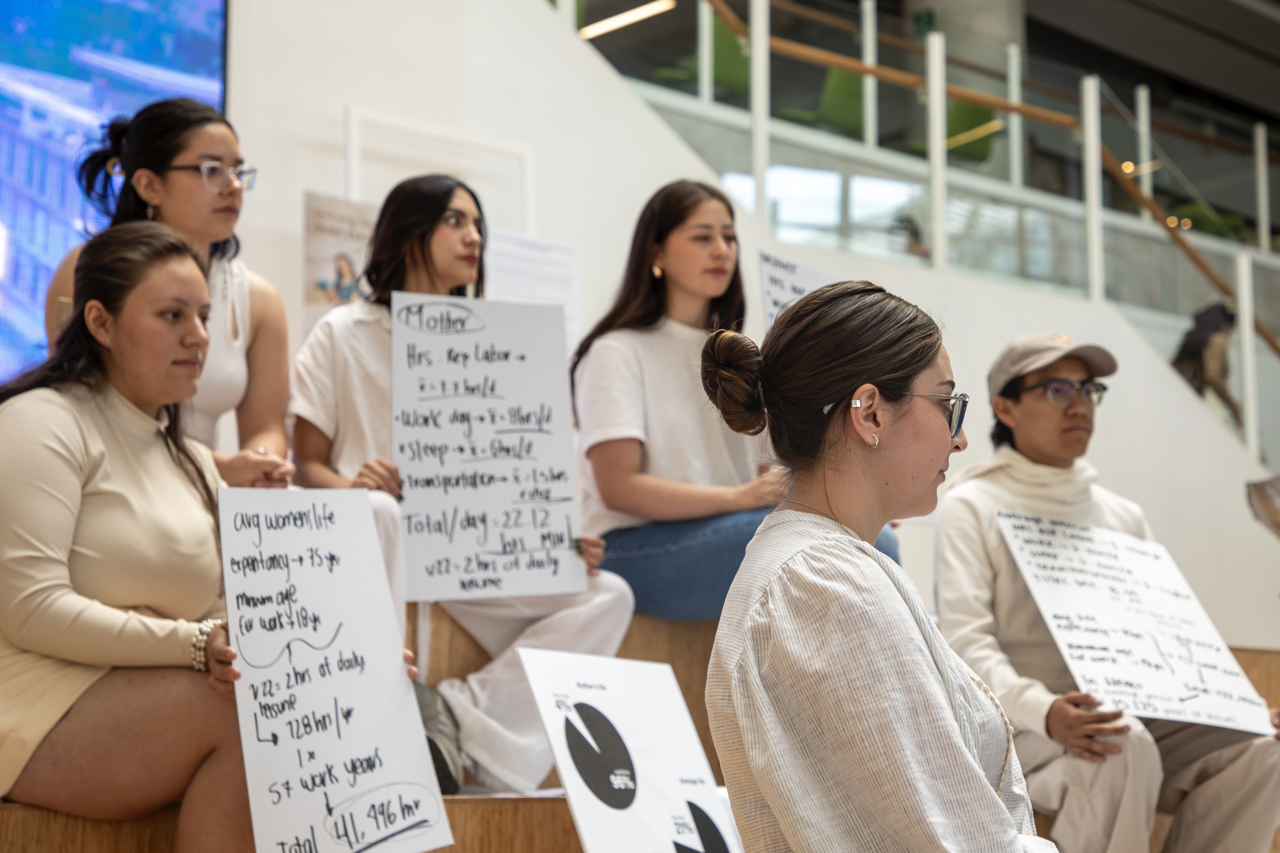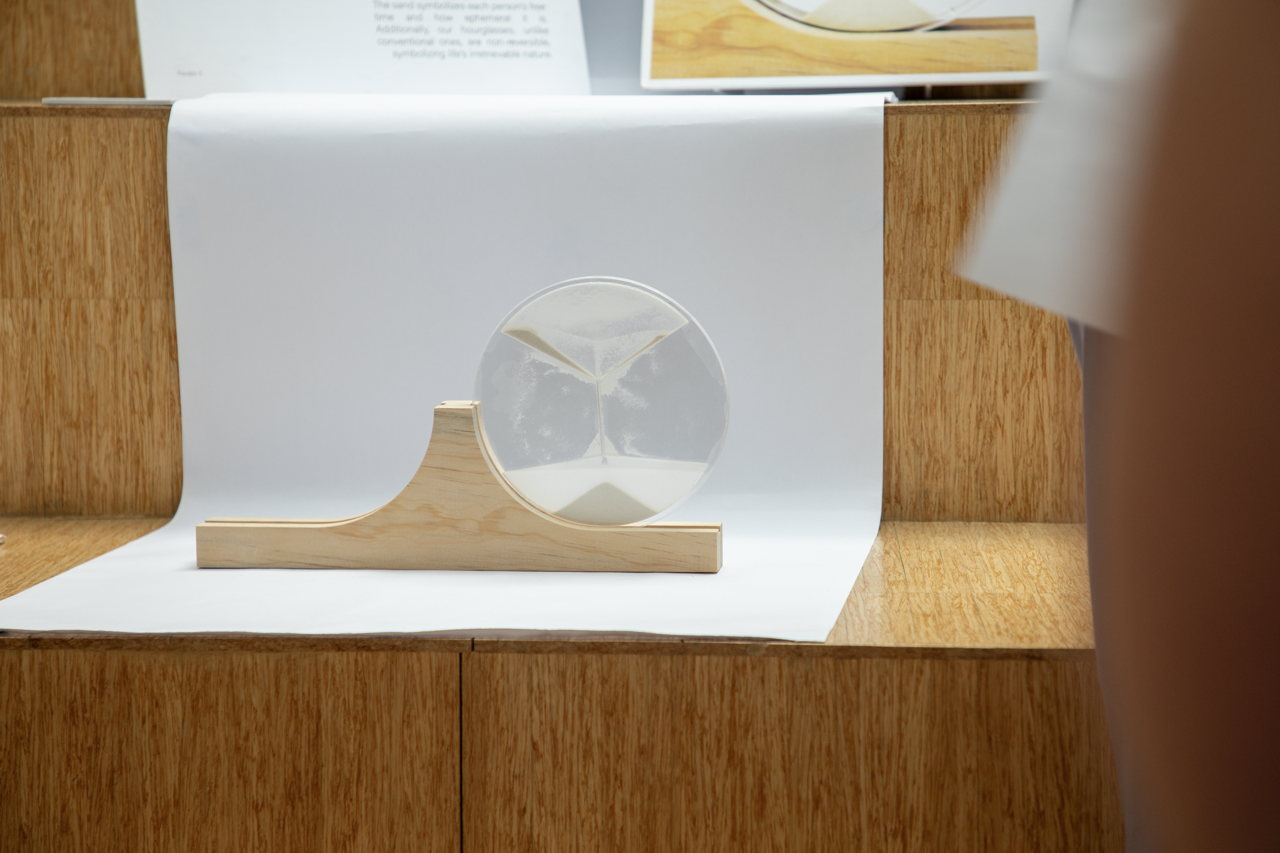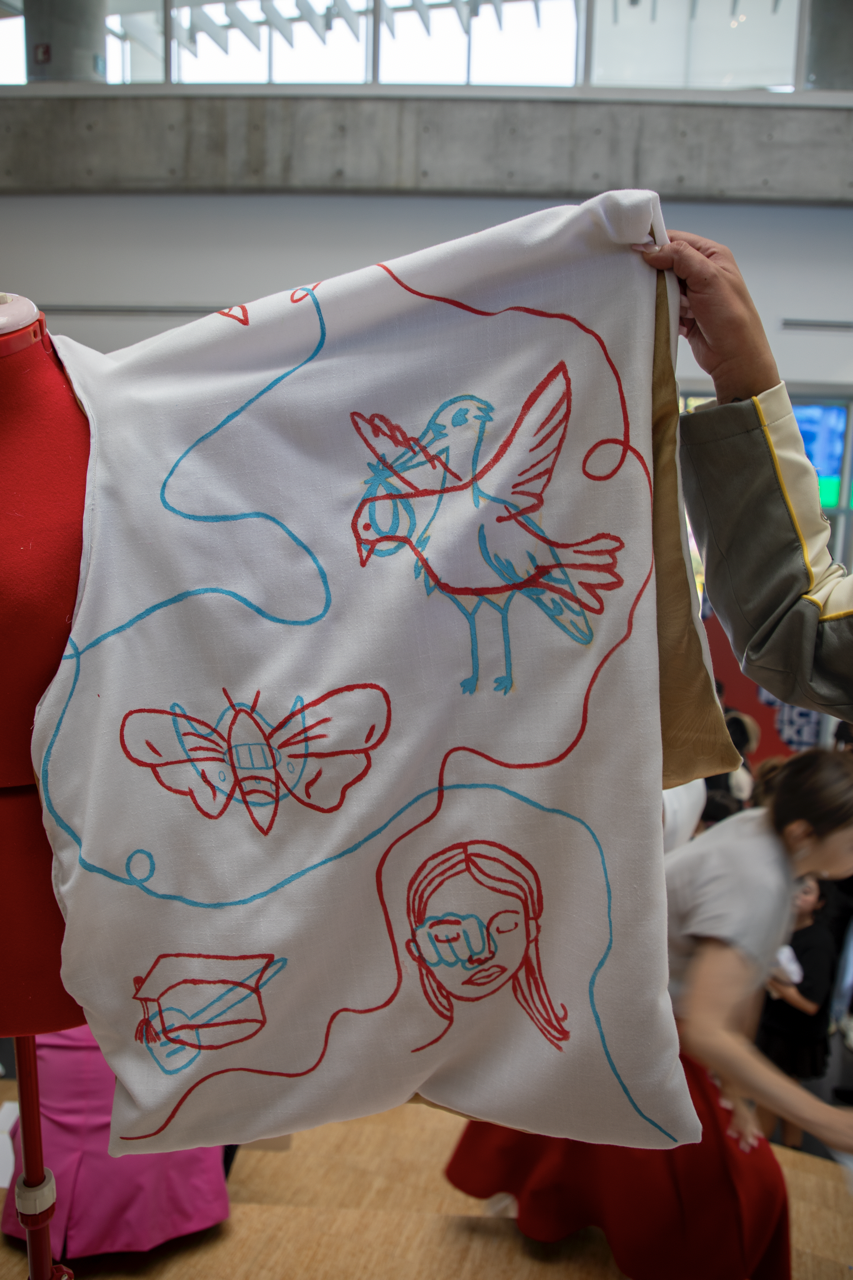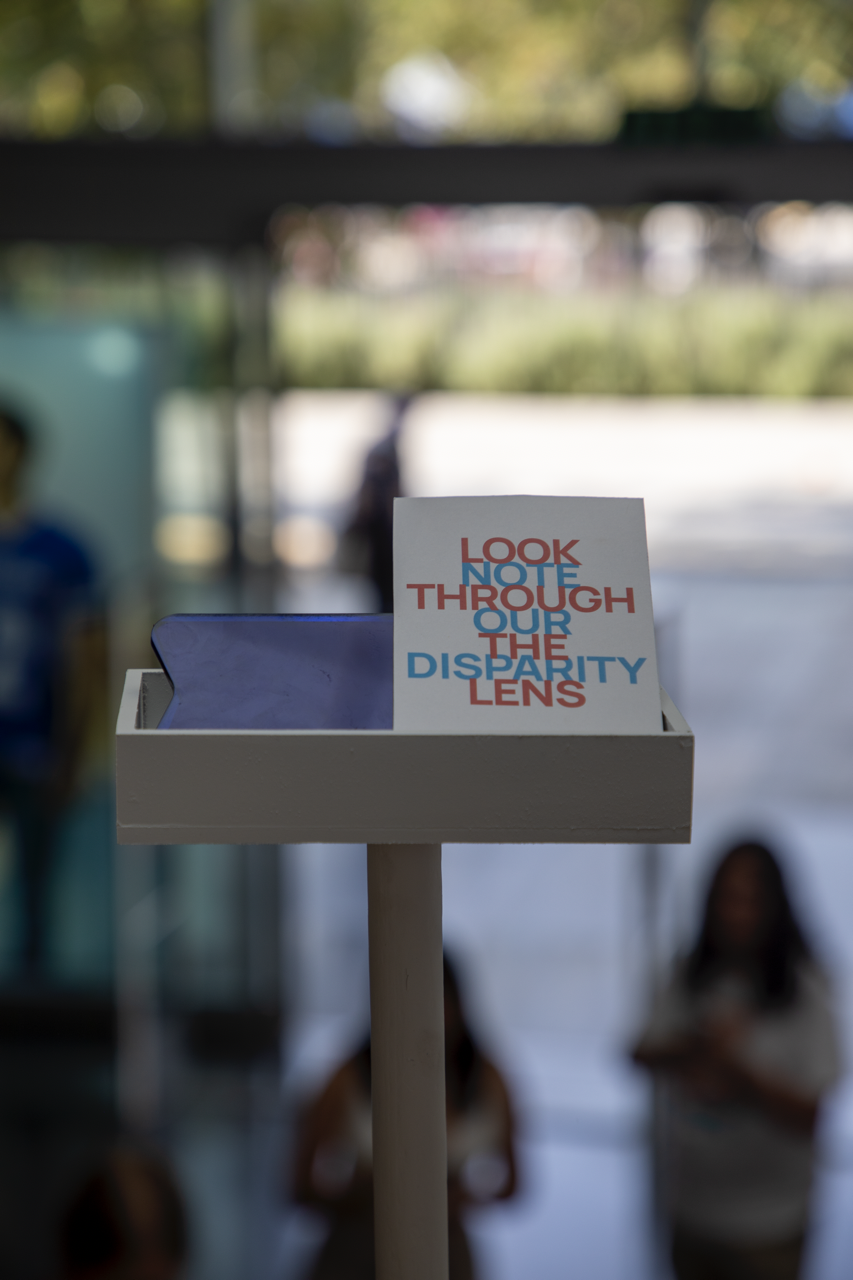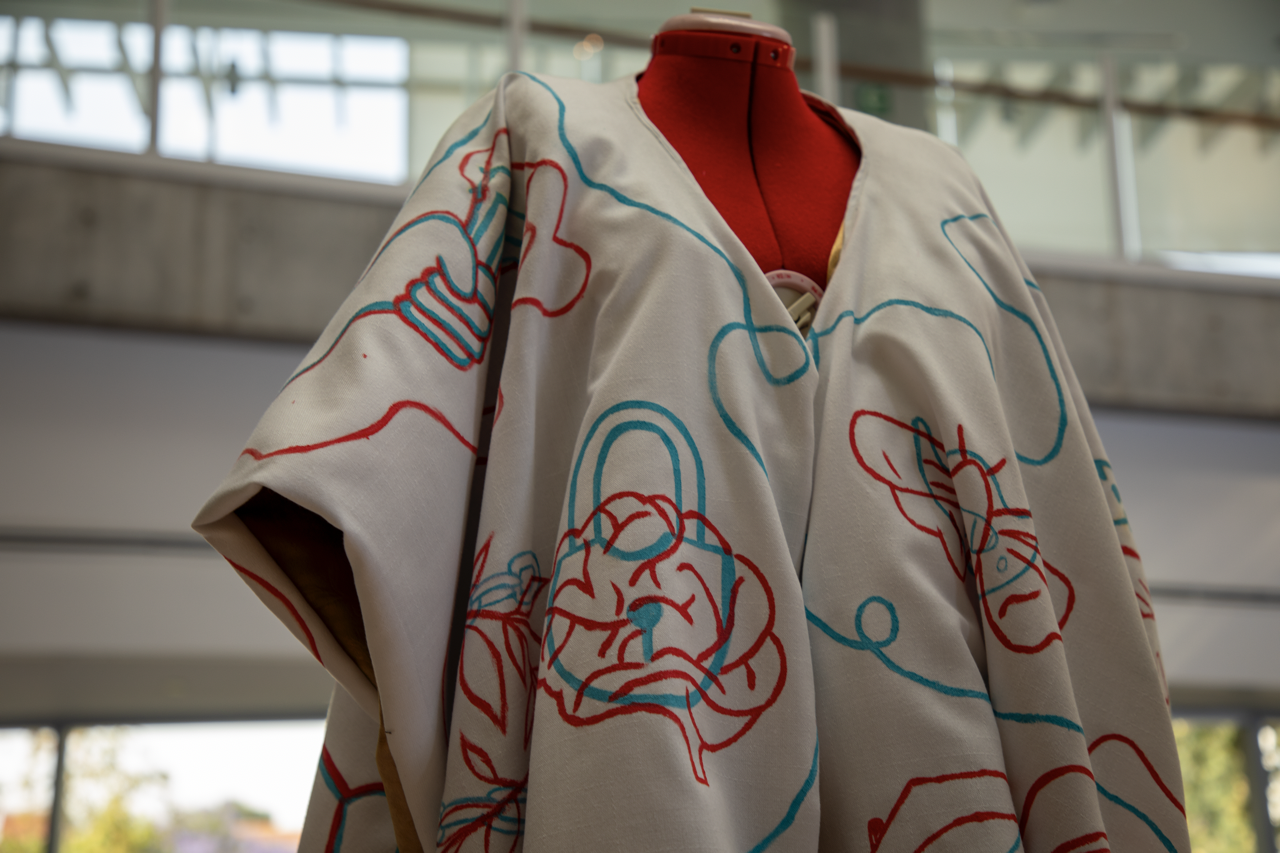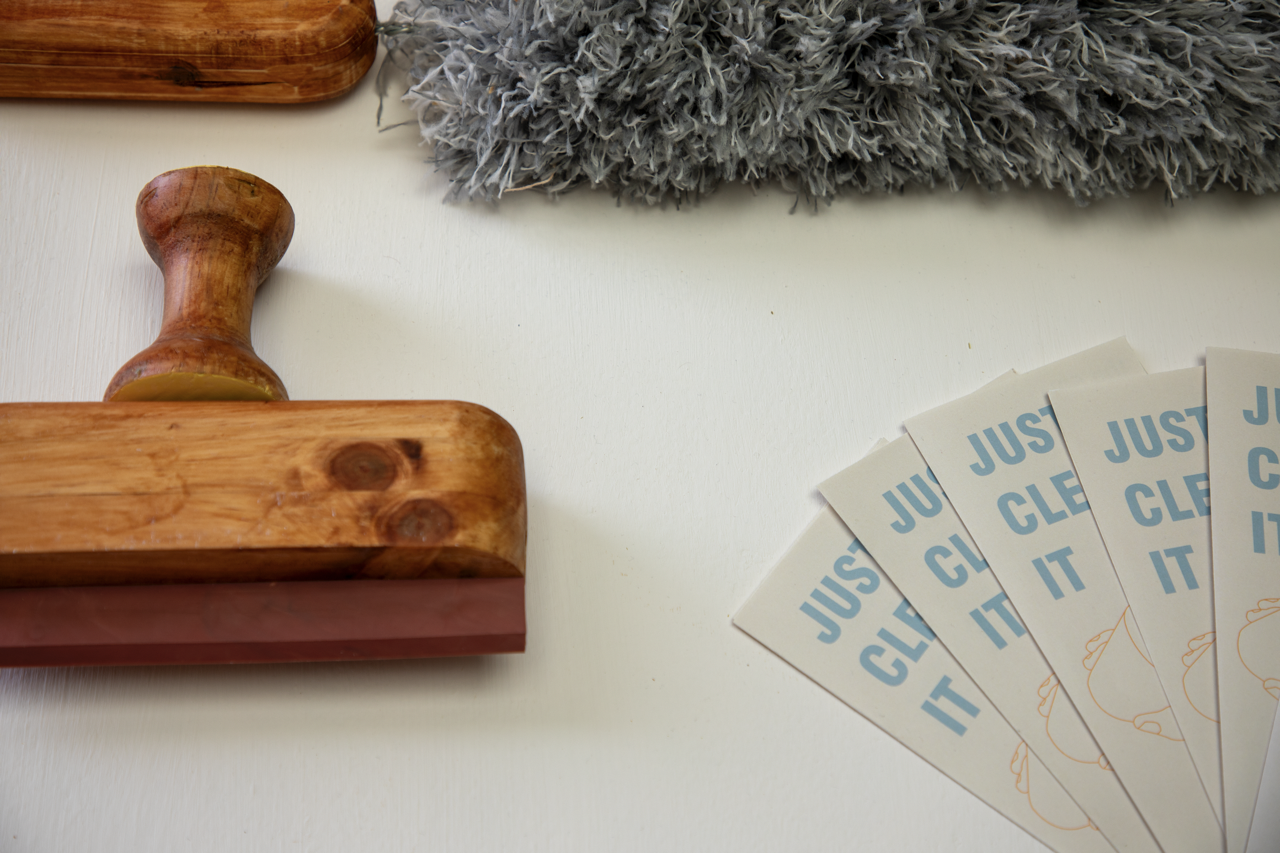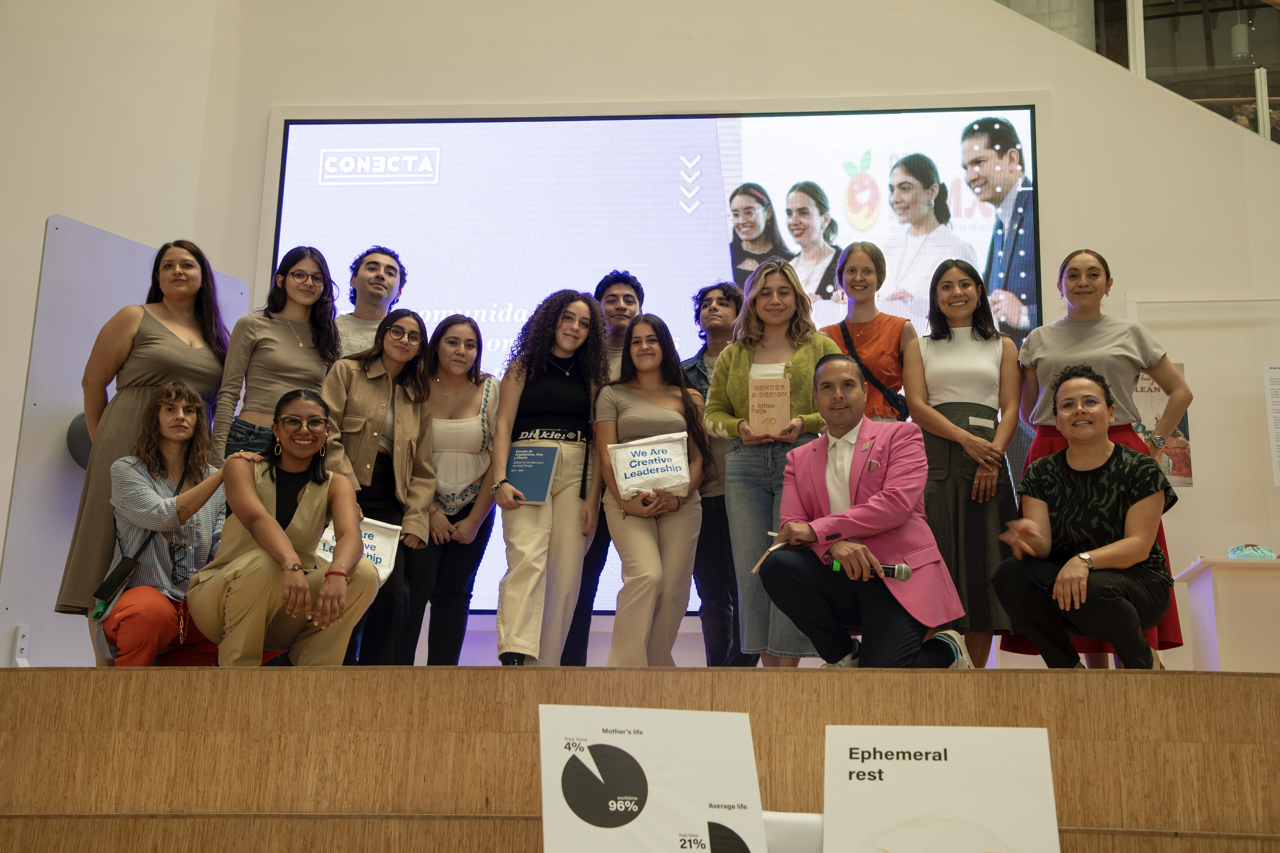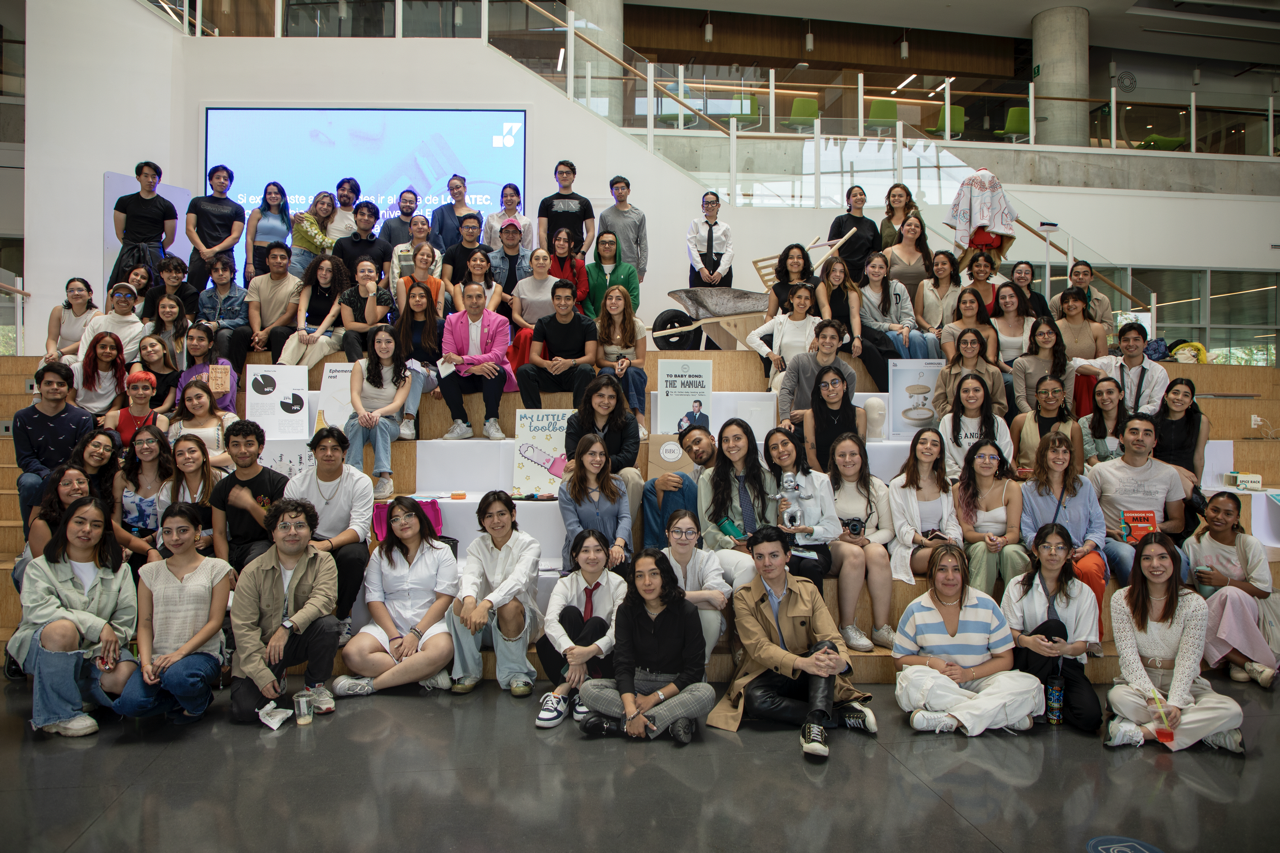VERTICAL WORKSHOP (CCM/CEM)
BY ALIISA TALJA
OBJECTS OF INVISIBLE WORK
This edition’s 5-day workshop was focused on exploring the gender inequalities by bringing out an under-recognised aspect of reproductive labor/care work, usually done by women.
Participants began by observing and mapping various situations from their own contexts, as well as researching for historical objects and analyzing the messages that design conveyed through them. Based on the findings and through hands-on experiments, students spent 3 days designing and exploring possible solutions by developing wether a speculative object from an alternate reality, or by reinterpreting an already-existent product related to productive/reproductive labor.
Through this experience, students were able to understand the power of design in order to raise gender awareness, resignify social dynamics and to create more equal societies.
Aliisa Talja (she/they) is a multidisciplinary artist and facilitator, who works with questions of relativity and diverse kinships; care and reparative interactions, as well as intangible heritages.
Her individual work takes the forms of texts, photographs, and reflective exercises, whereas in collaborations she often develops events and participatory activities.
Aliisa has years of experience in collective organizing, planning workshops, as well as investigating and developing feminist modes of action. In 2021, they co-planned and ran the Platform for Feminist Leadership for UrbanApa arts community.
During 2016-2021 she worked as a co-founder and -planner in the self-organised feminist design collective Effort. Aliisa holds a degree of Master of Arts in Contemporary Design from Aalto University, Helsinki.
She is part of the Mustarinda Association; a community of researches and artists that promotes ecological rebuilding of the society. In addition to visual and performing arts, Aliisa’s practice regularly expands to DJing and bread baking. She lives and works in Helsinki, Finland.
DAY 1: briefing
Students met with Aliisa Talja at both campuses; she exposed the problem situation to students, along with the brief’s specifications and requirements to take into account for this project.
DAY 2: CONCEPTUALIZATION
Students traced and researched through diverse methodologies in order to understand the situation from many perspectives.
DAY 3: exploration
Having generated a possible concept, students started finding ways to formally, materially and functionally address their proposals.
DAY 4: prototyping
This day was focused on turning students’ ideas into a physical object. Their proposals approached the workshop’s topic into some functional, poetic, conceptual, critical, speculative or narrative ways.
DAY 5: results and awards
Students presented their projects to other teams and the jury, integrated by Aliisa Talja, Regional Dean of the School of Architecture, Art and Design (EAAD) Ramiro Estrada, Regional Heads of Department Yuliana Tónix and Mariana Solís, along with professors of the Design School.
CEM (Mexico State Campus)
CCM (Mexico City Campus)
The cookery kit (CCM)
Ricardo Romero, Diana Hernández, Alondra Gómez, María José Aurioles, Cristhian Robles, Daniela Lamar, Sofia Reyes, Nelly Castillo, Pablo Lantigua, Daniela Sánchez.
In a society where a man learns to cook at an older age than a woman, The Cookery Kit is created as a critique that seeks to break and challenge gender roles at the kitchen, showing an invisible job that isn’t fully recognized: cooking for the family.
Inspired by early stimulation games and toys, is composed of three objects. The main one is the recipe book which guides you step by step through the steps to make guacamole. The other complementary objects are the keychain and the spice rack. The keychain is a portable reminder with simple images and colors that helps you choose each of the necessary ingredients and the spice rack has specific shapes and colors for each one, helping you differentiate each spice and reminding you which is needed for the recipe.


